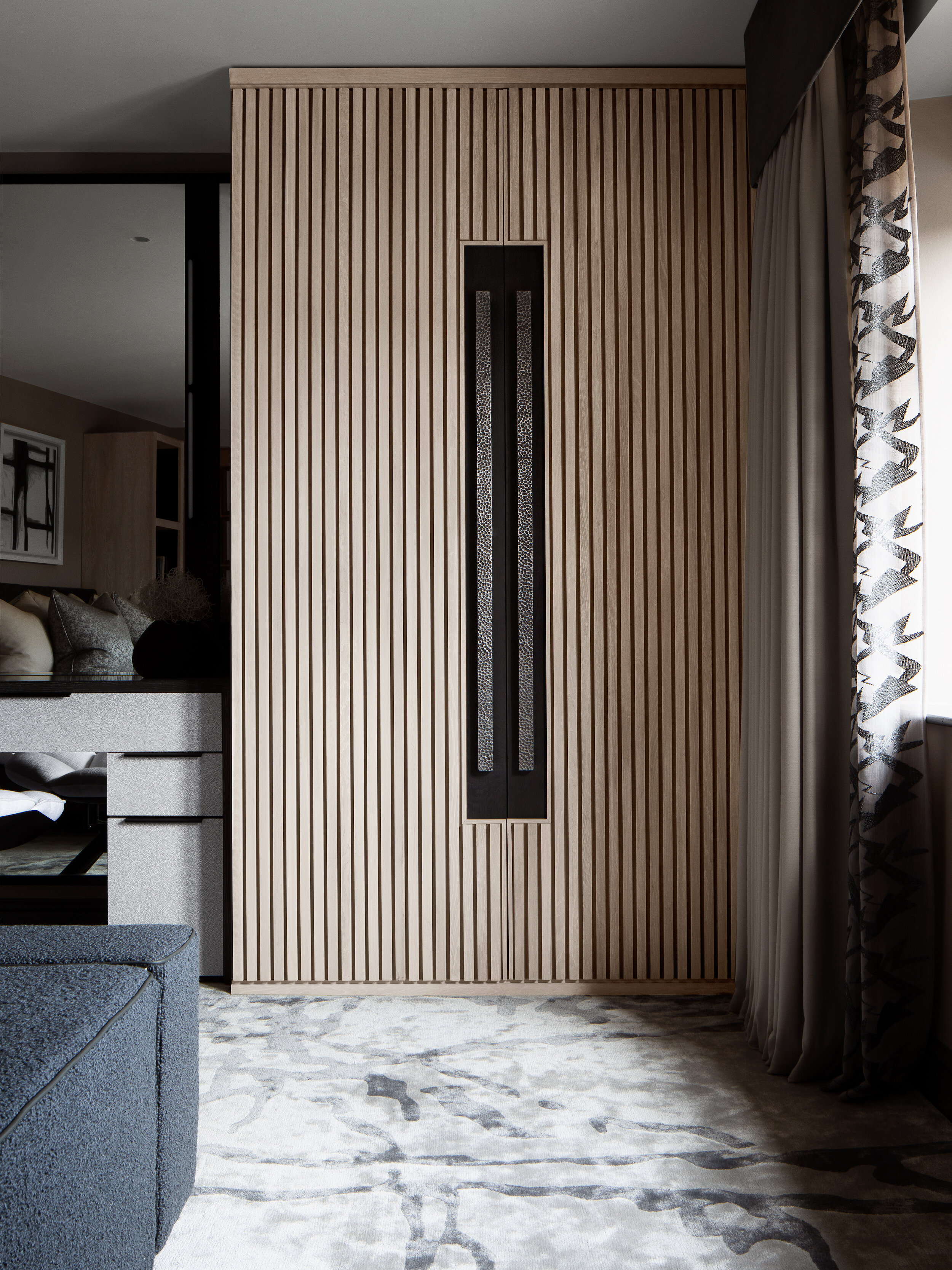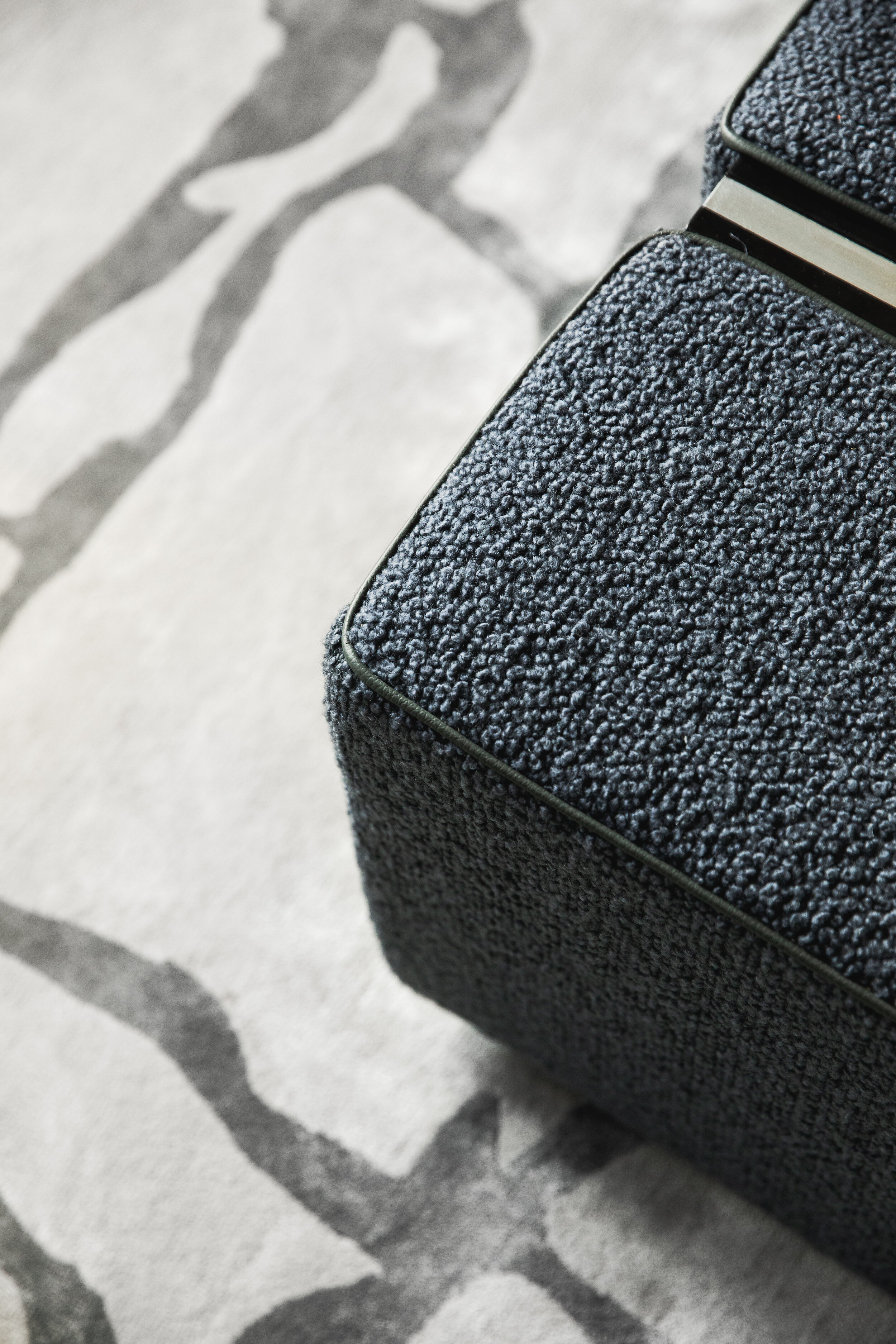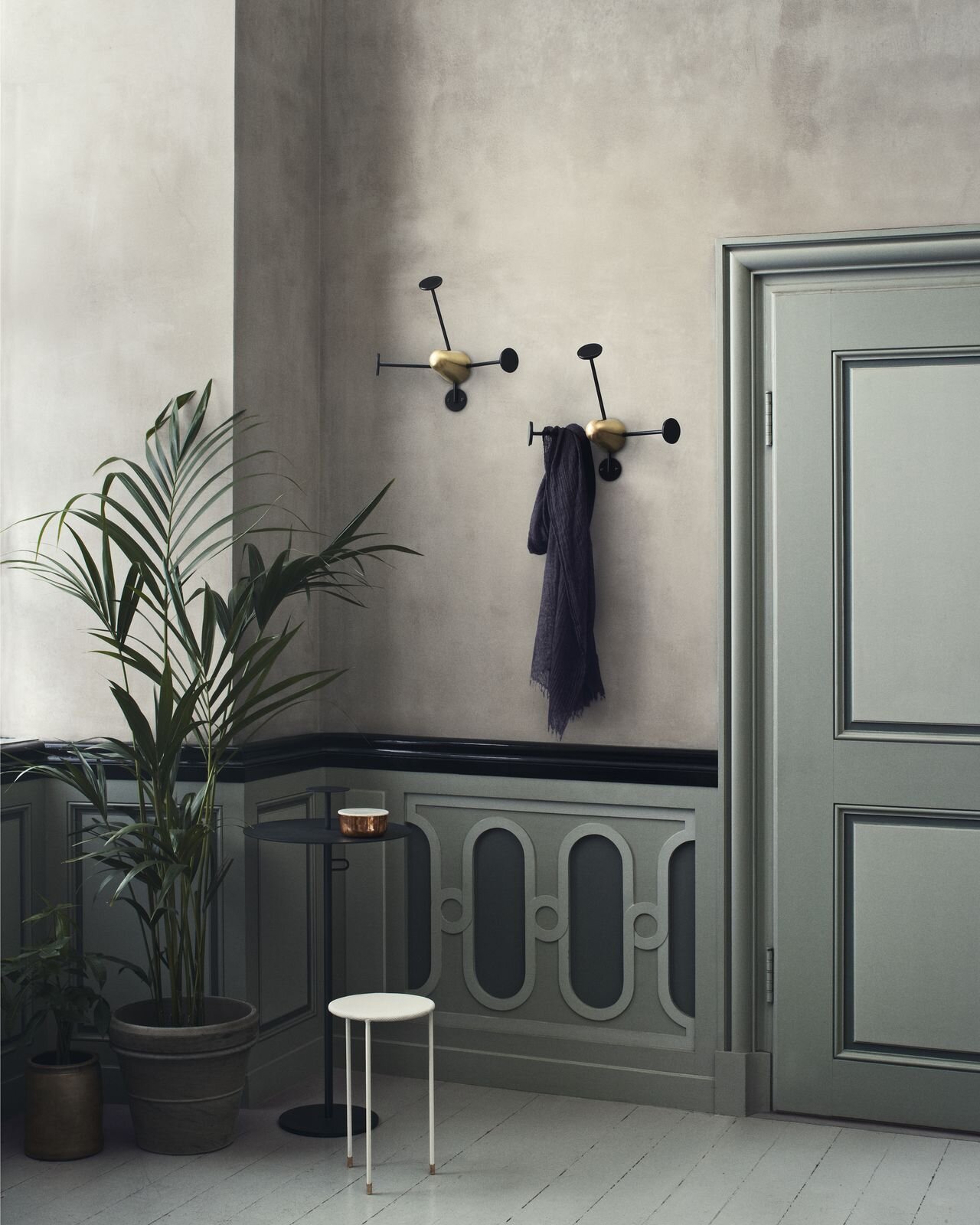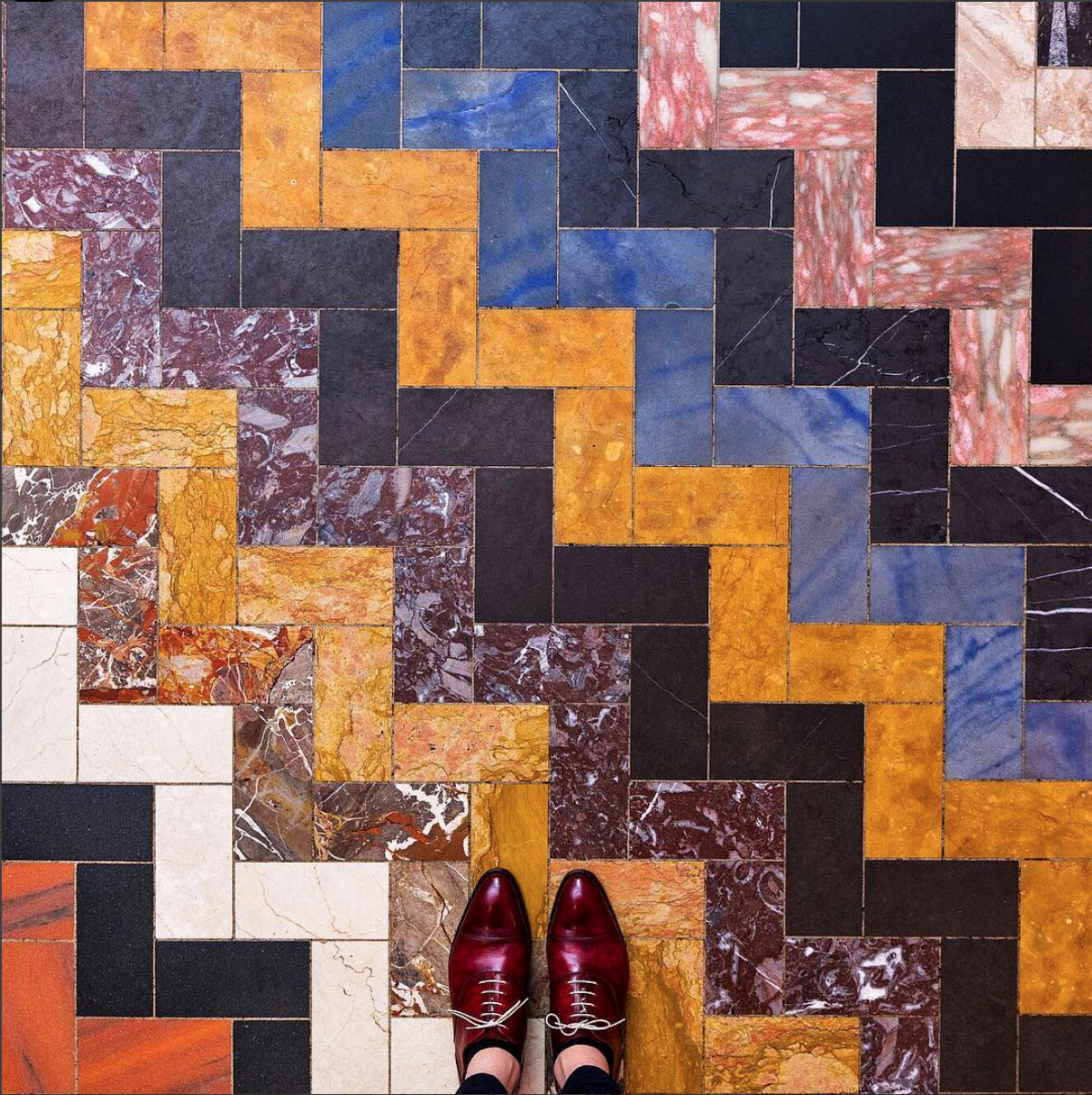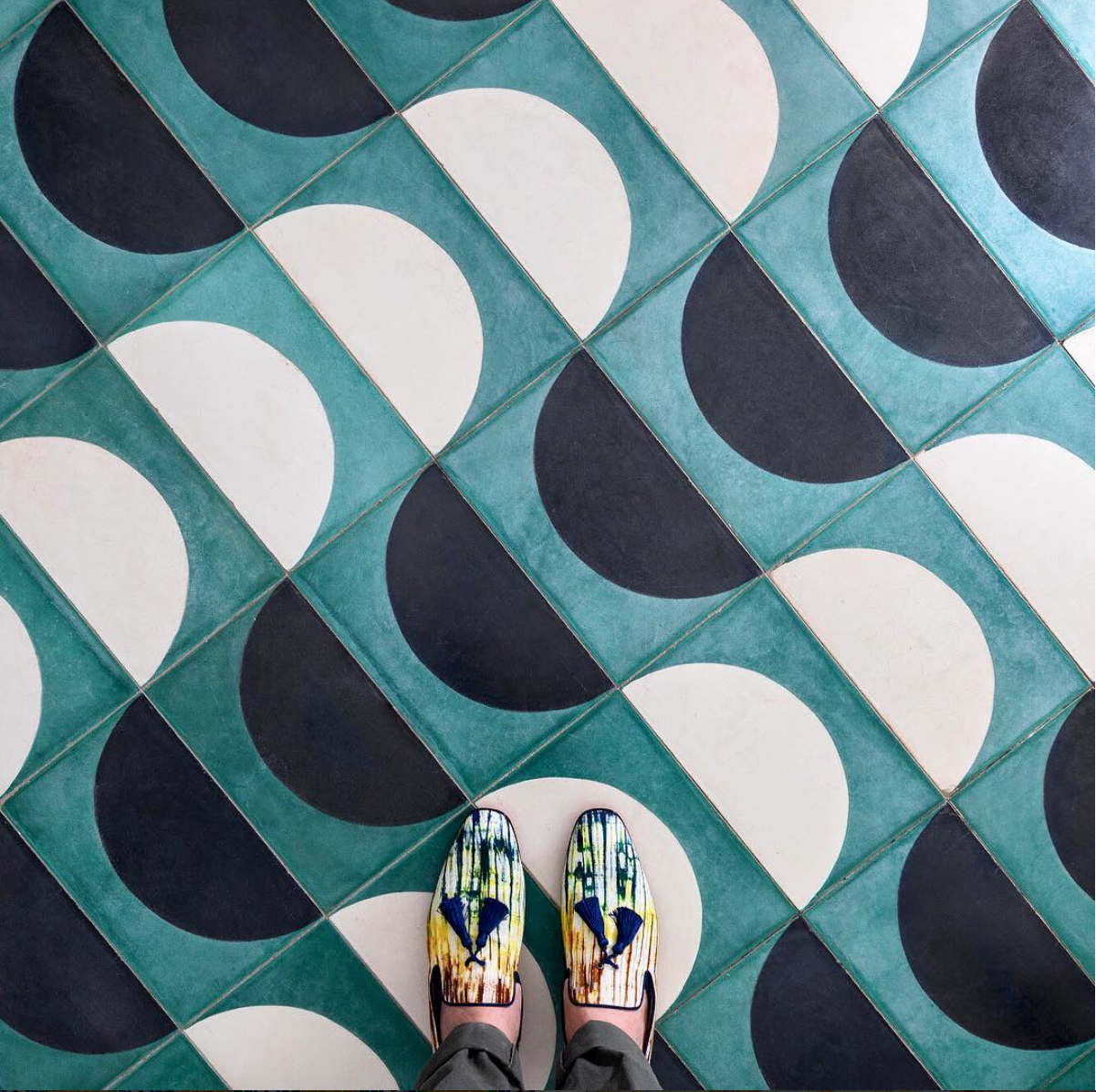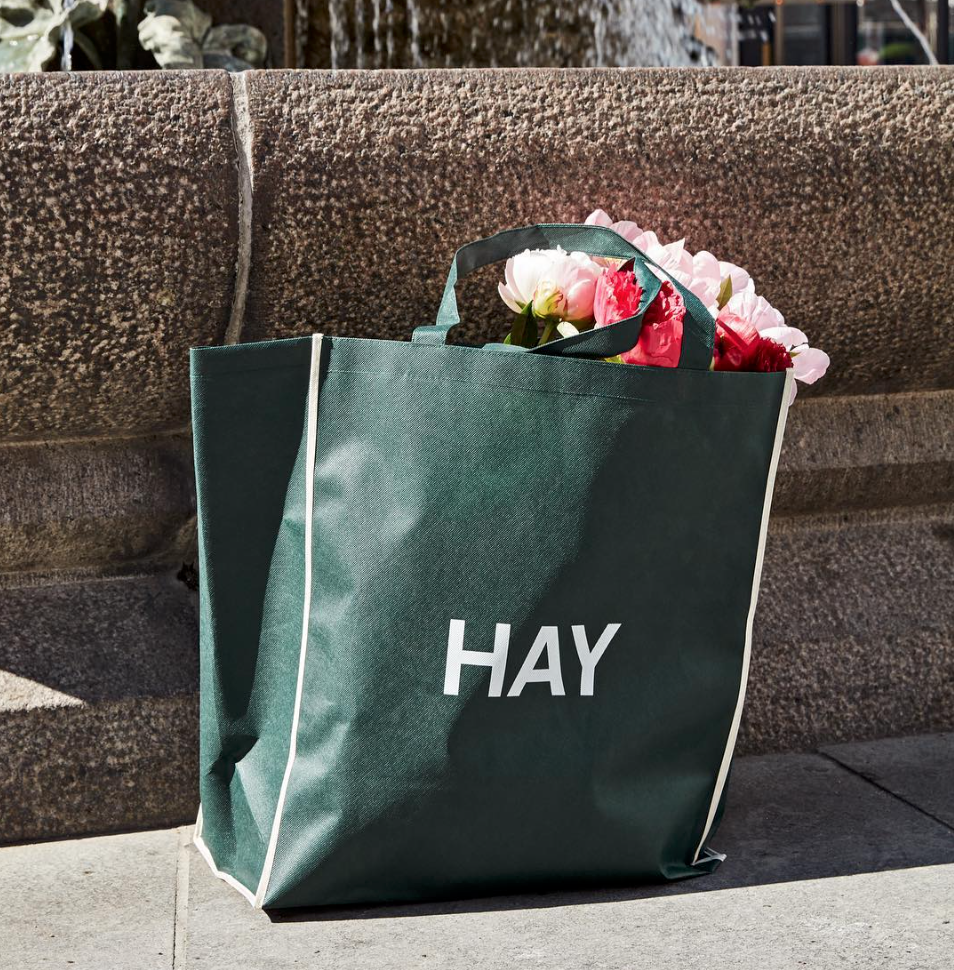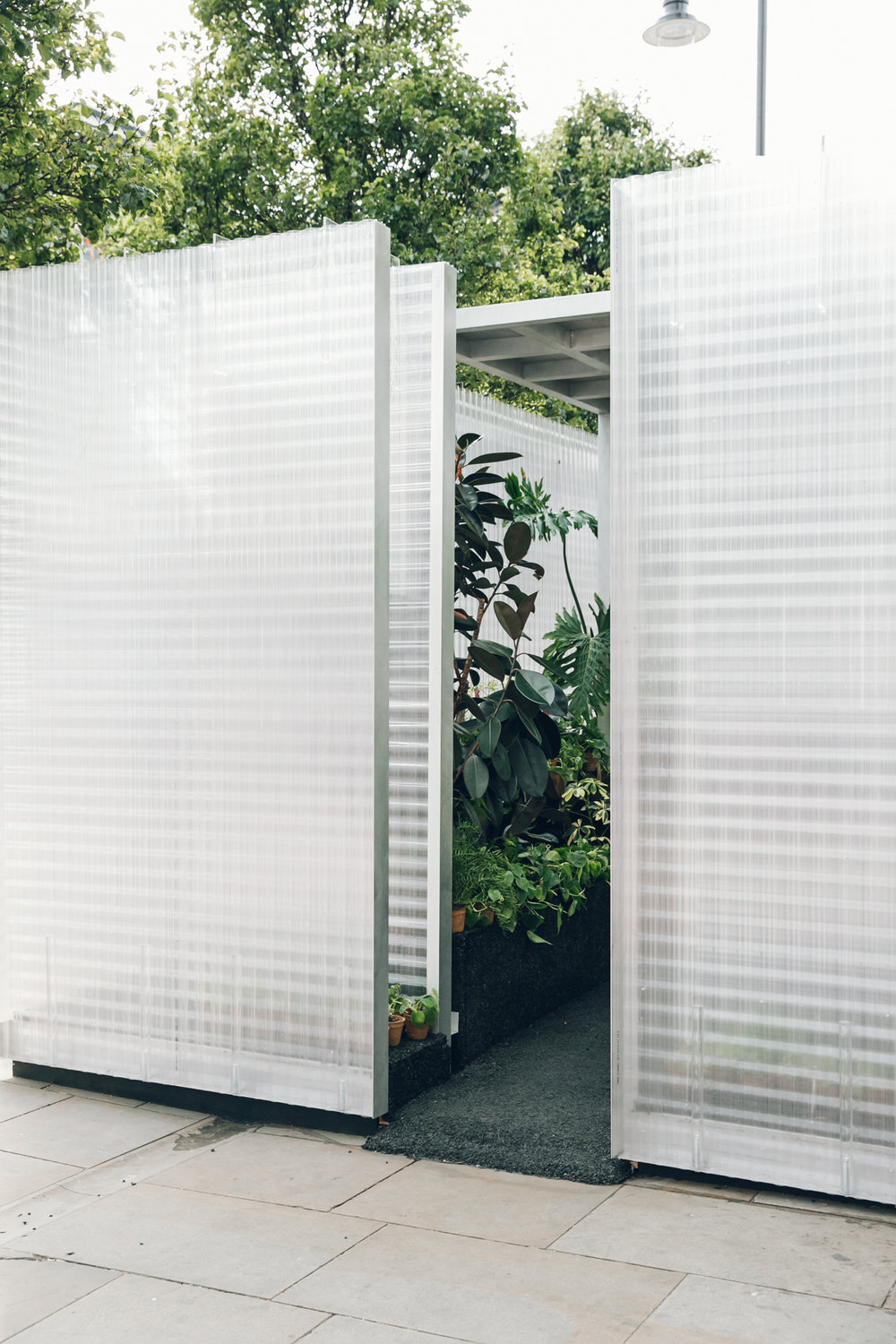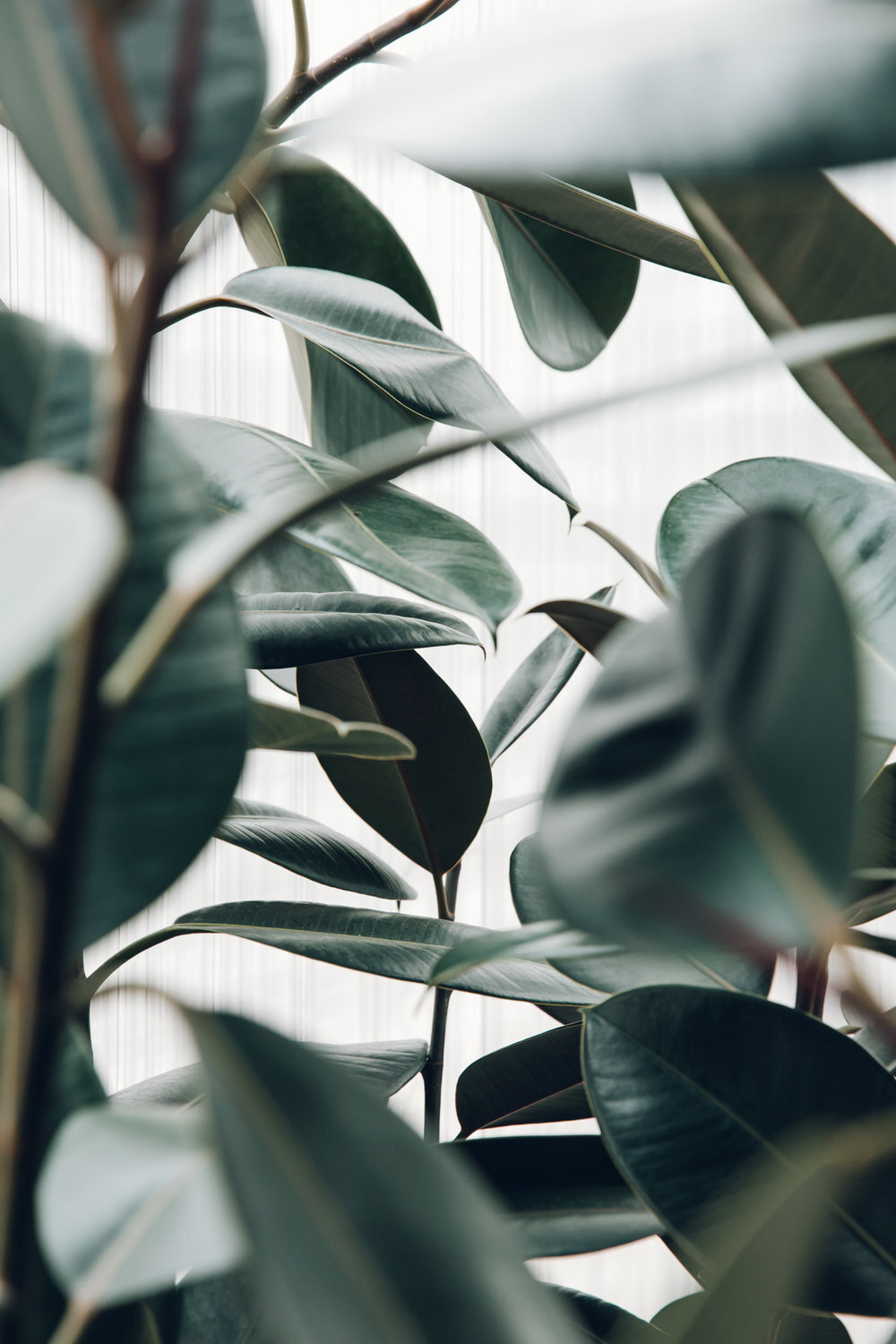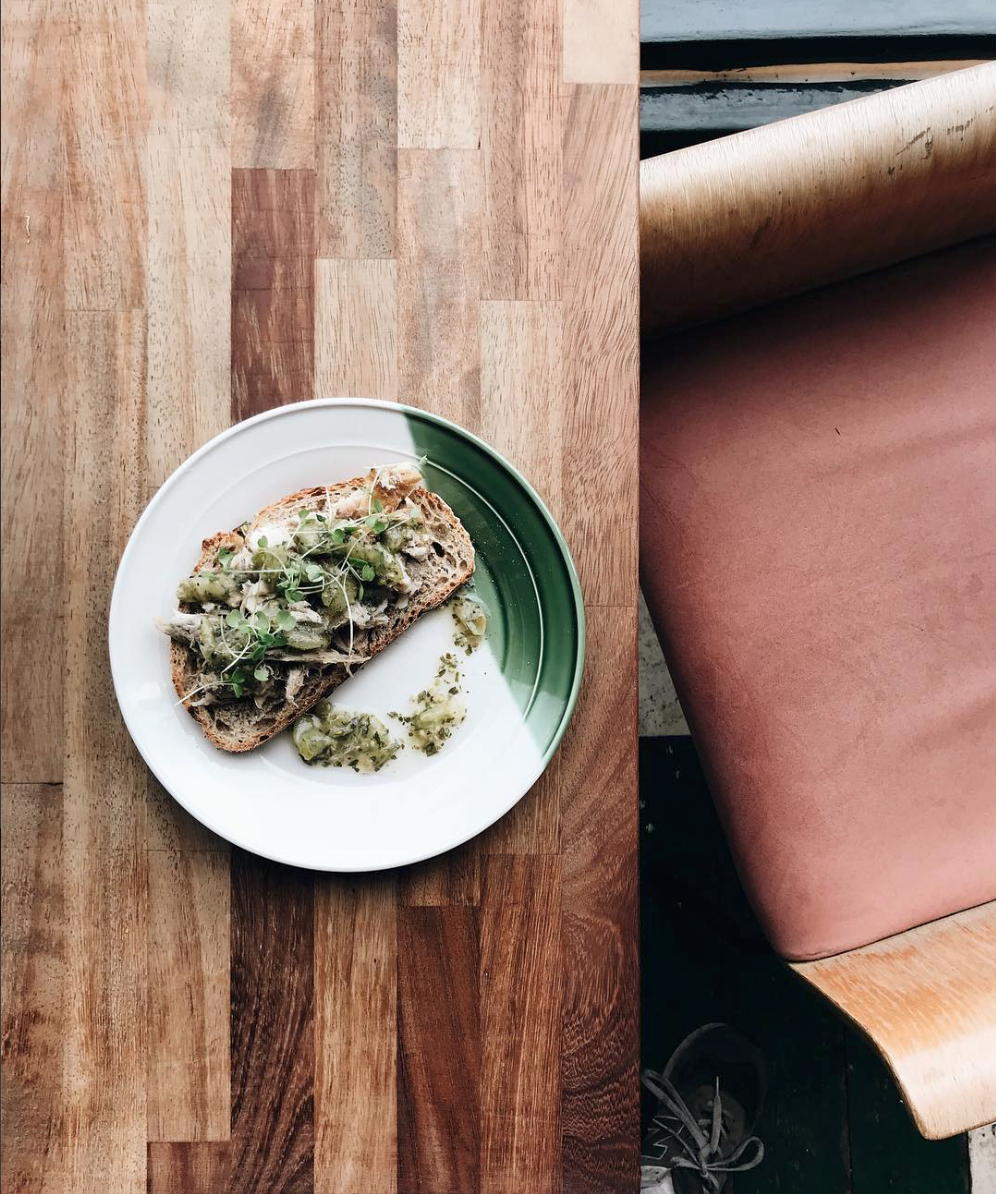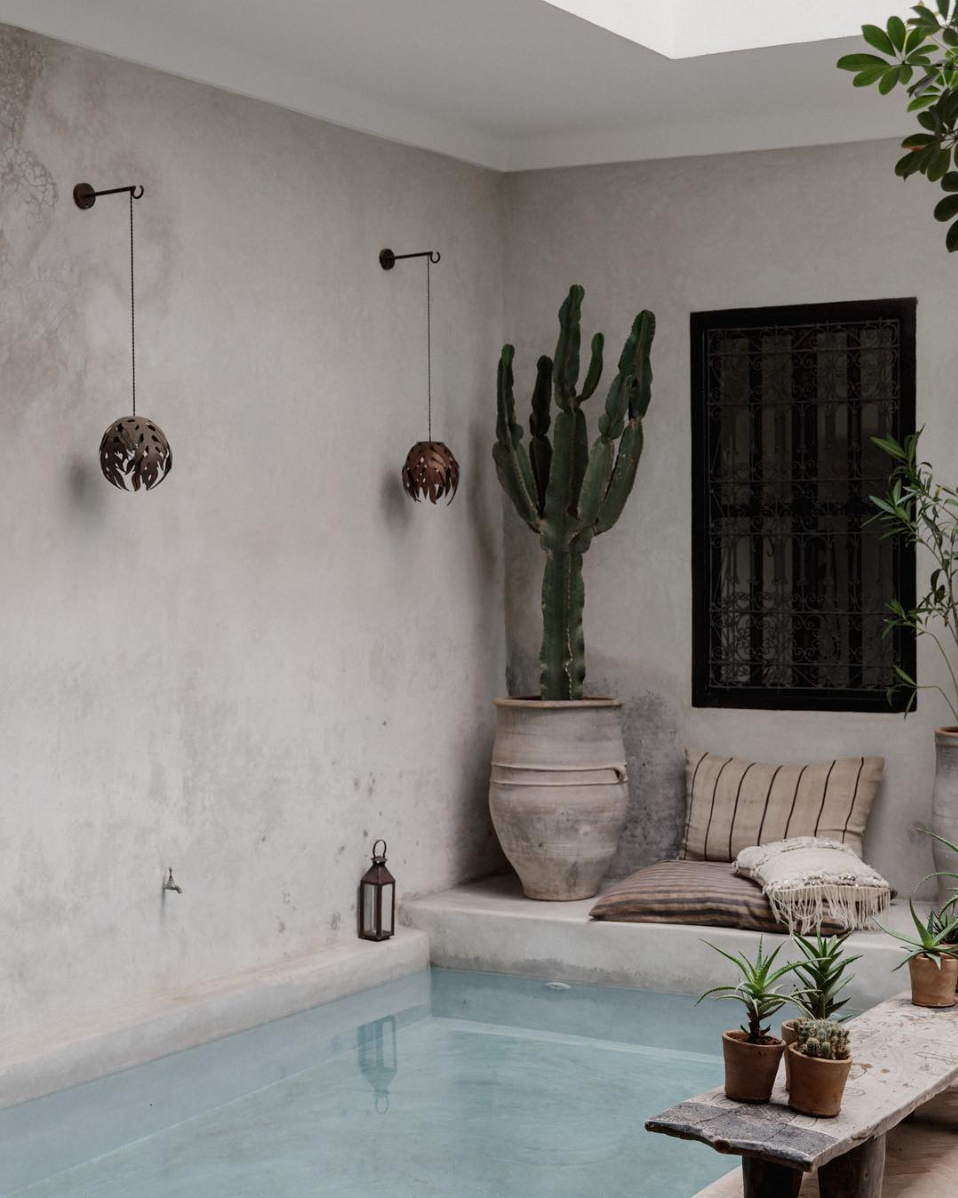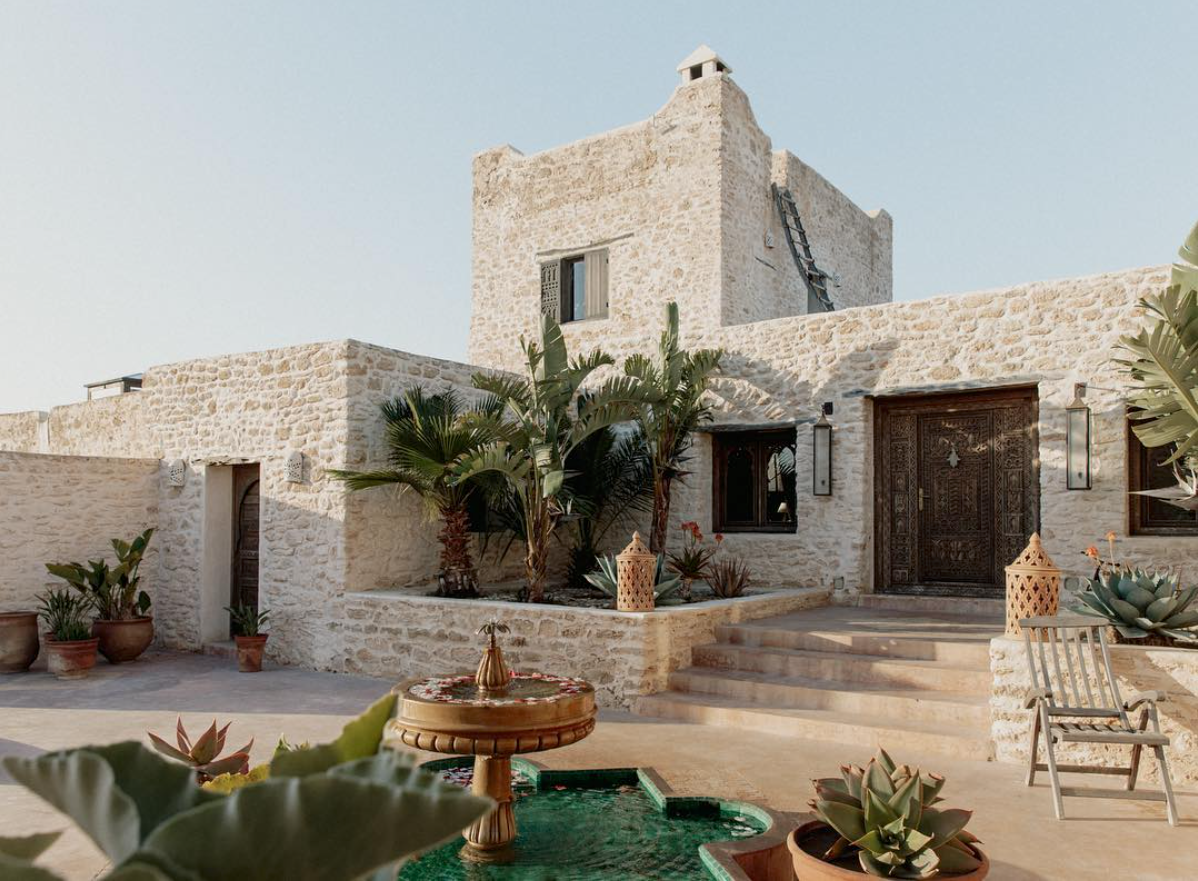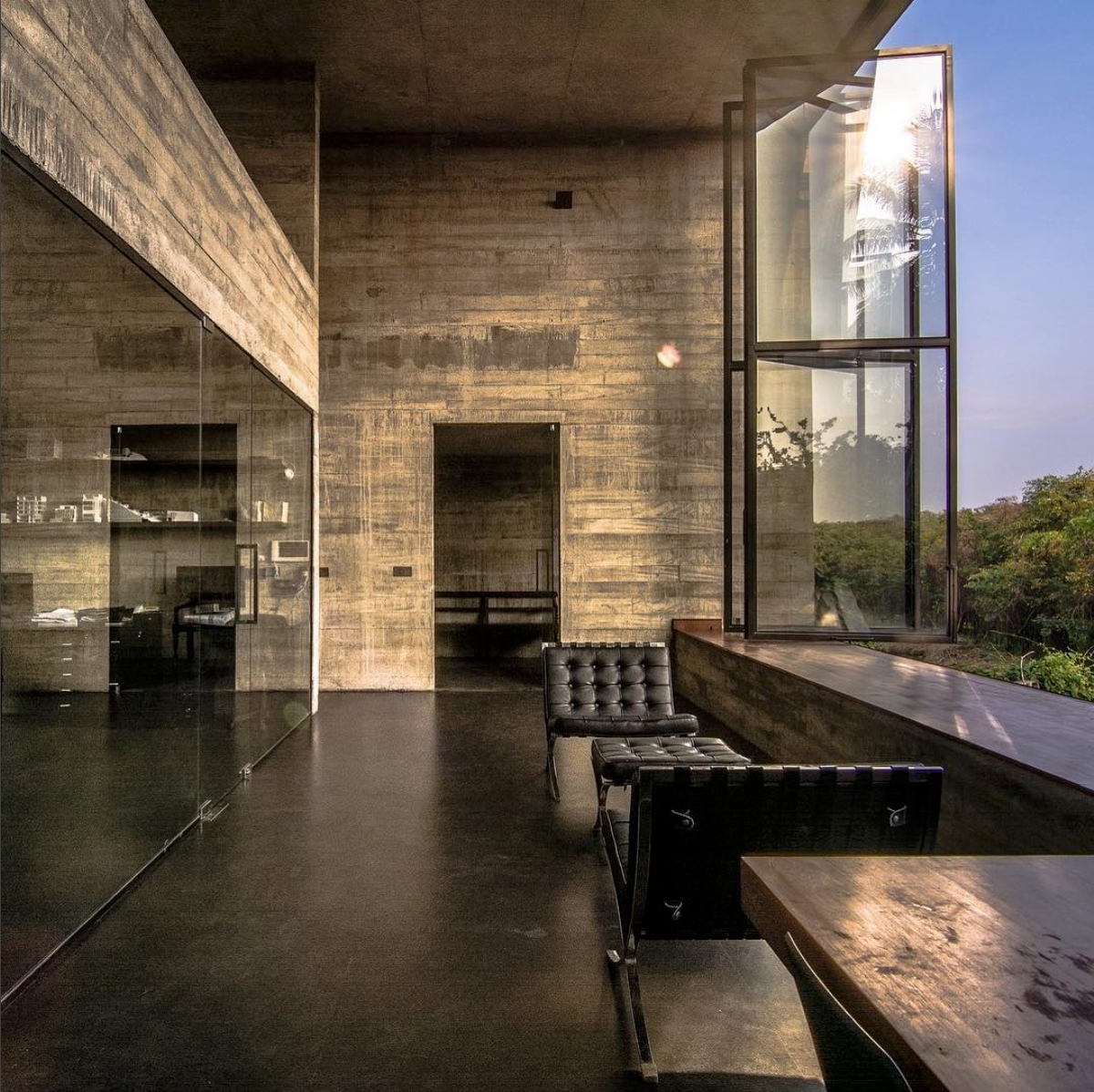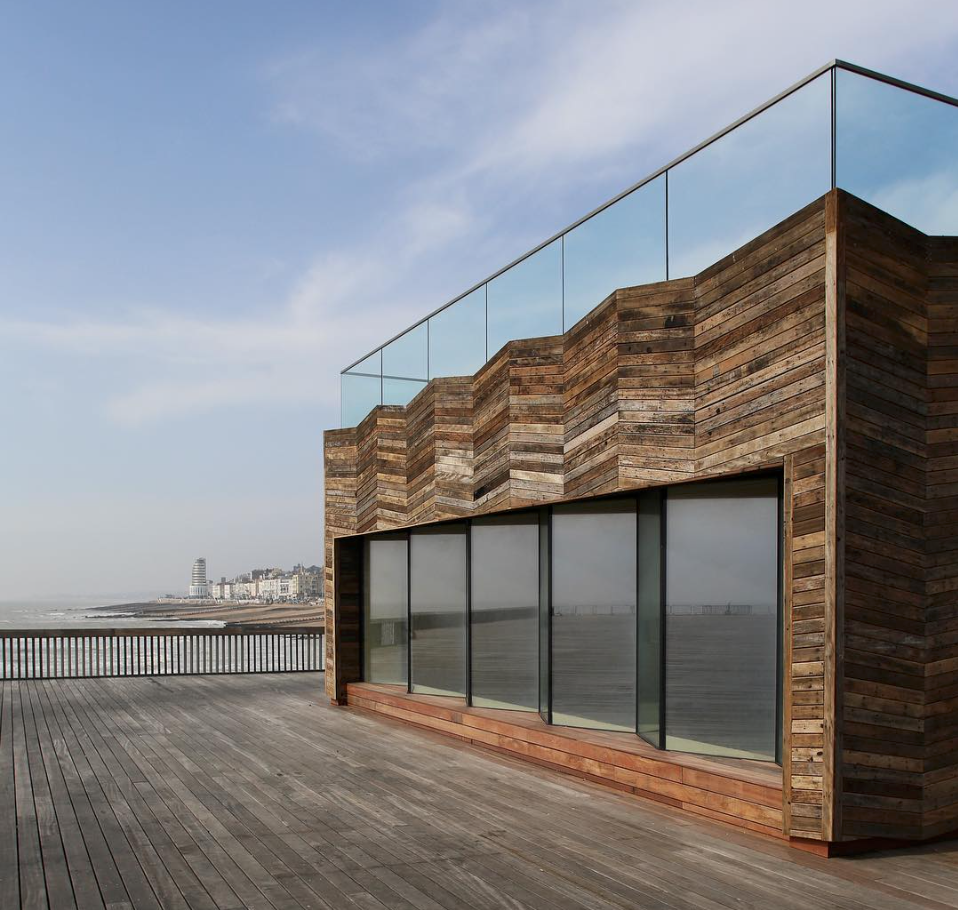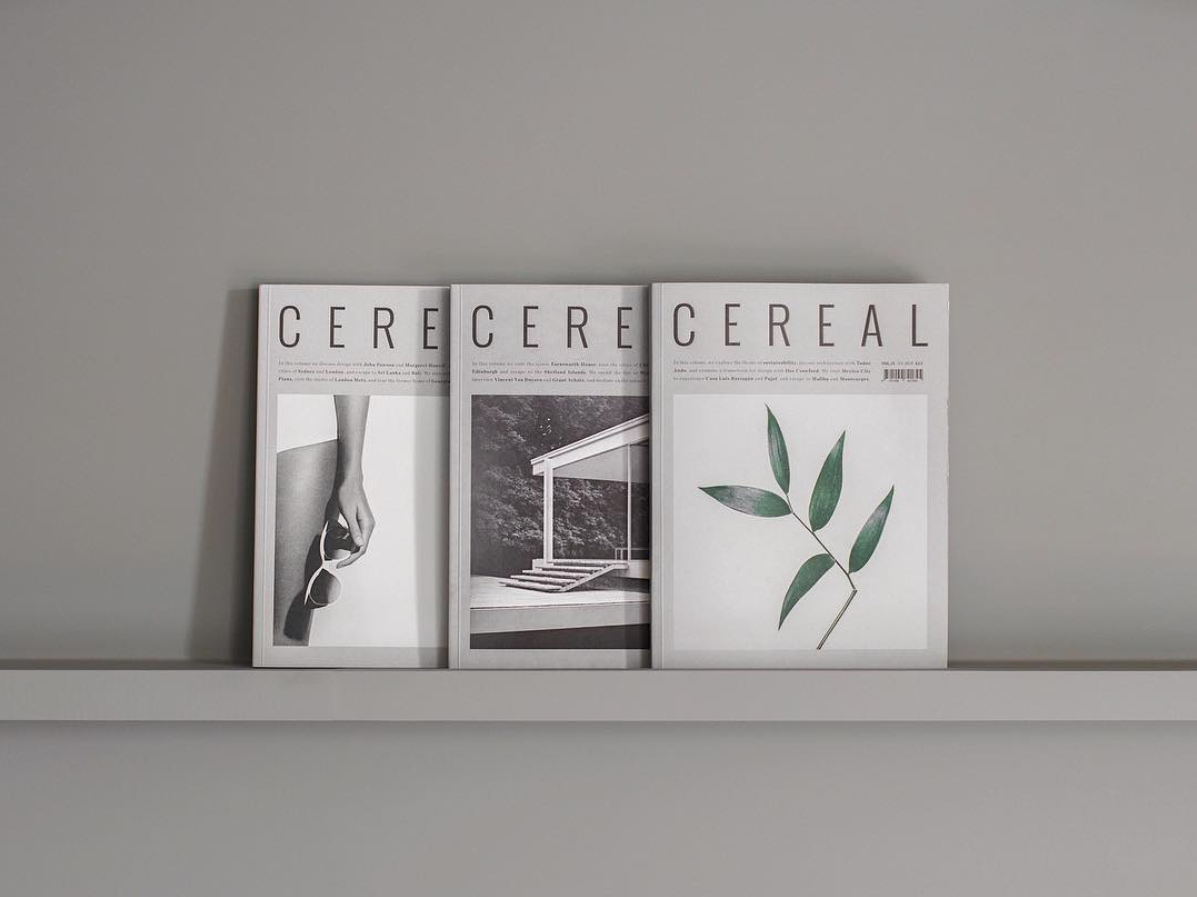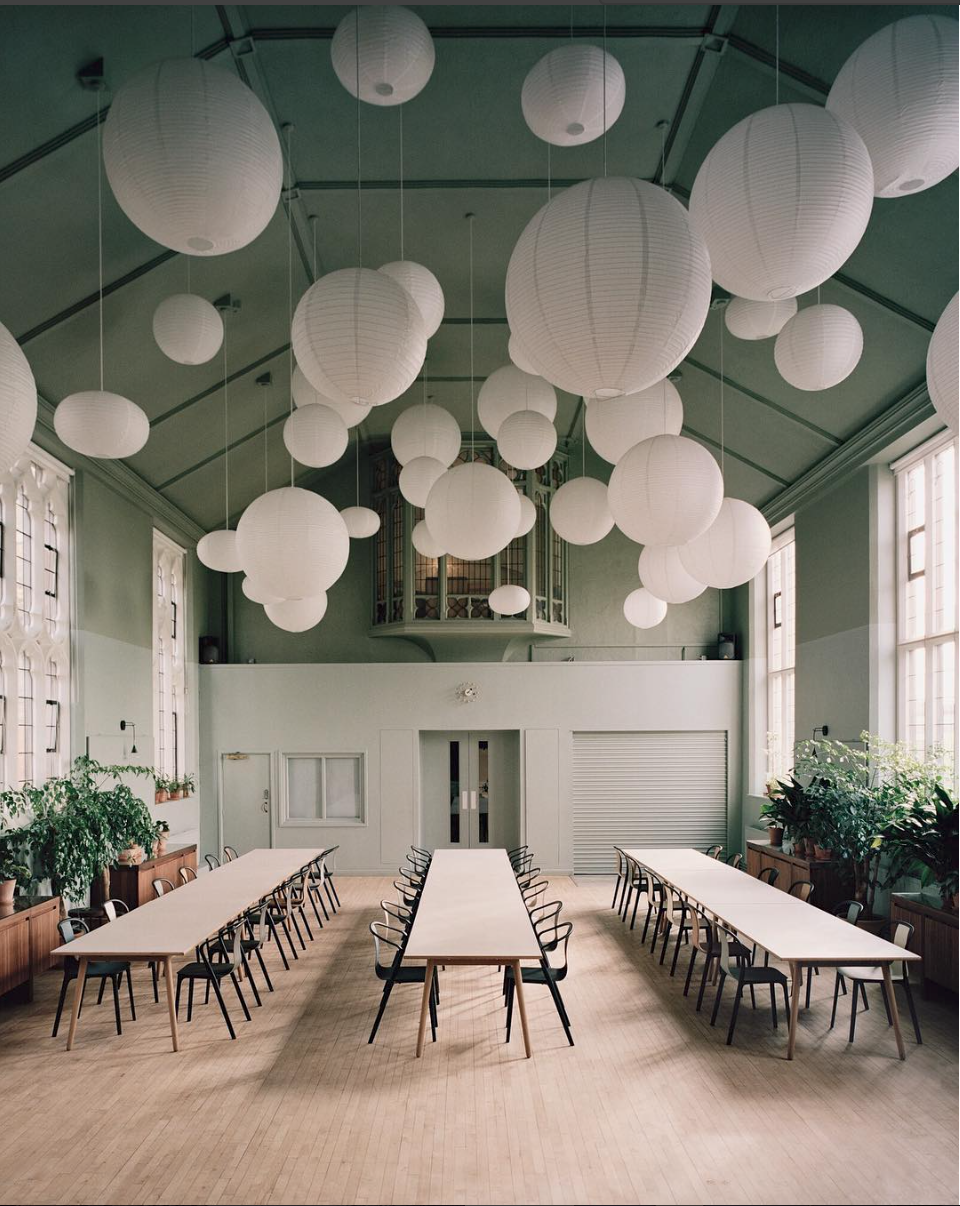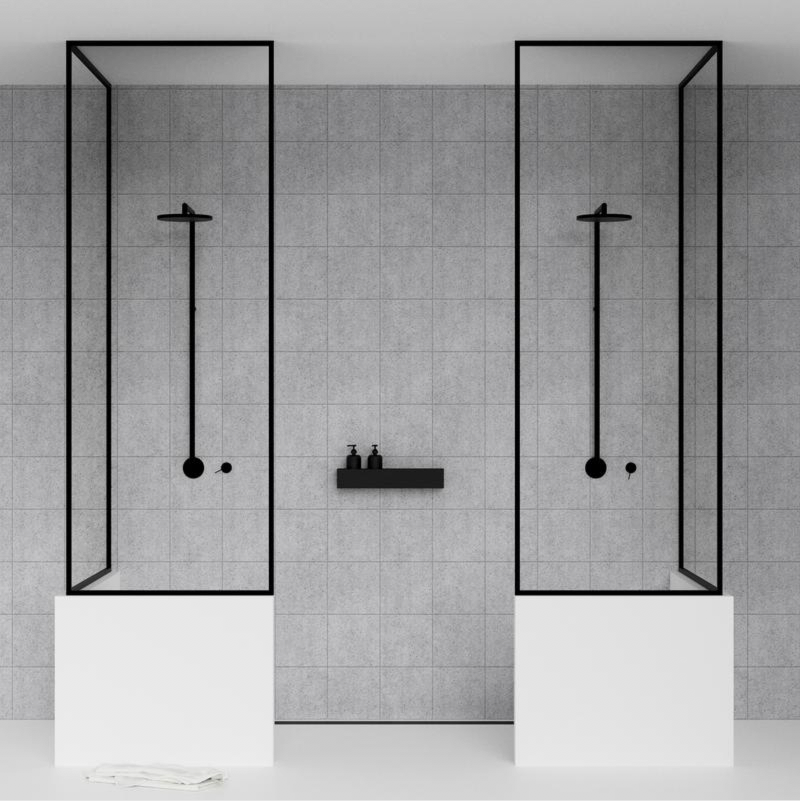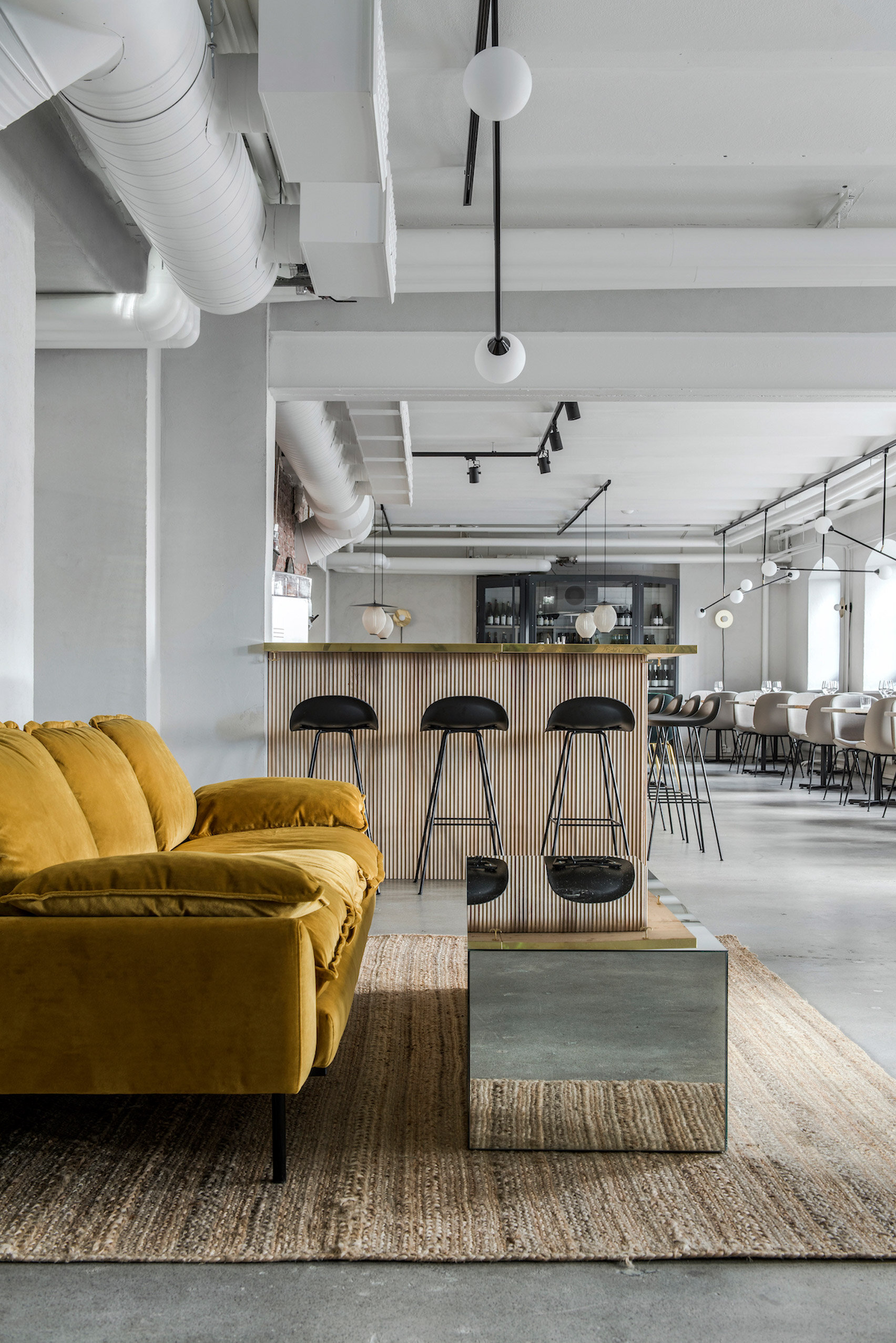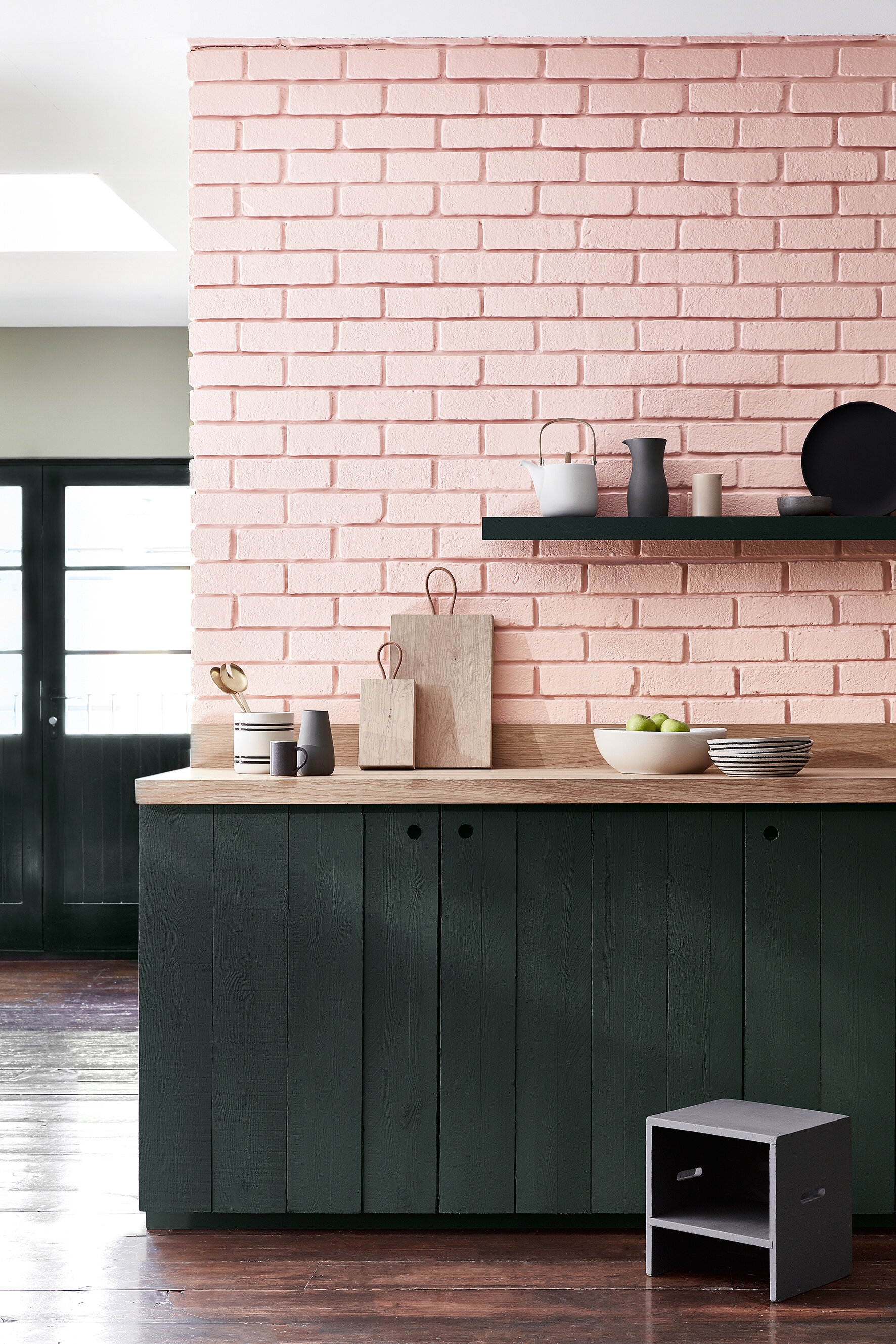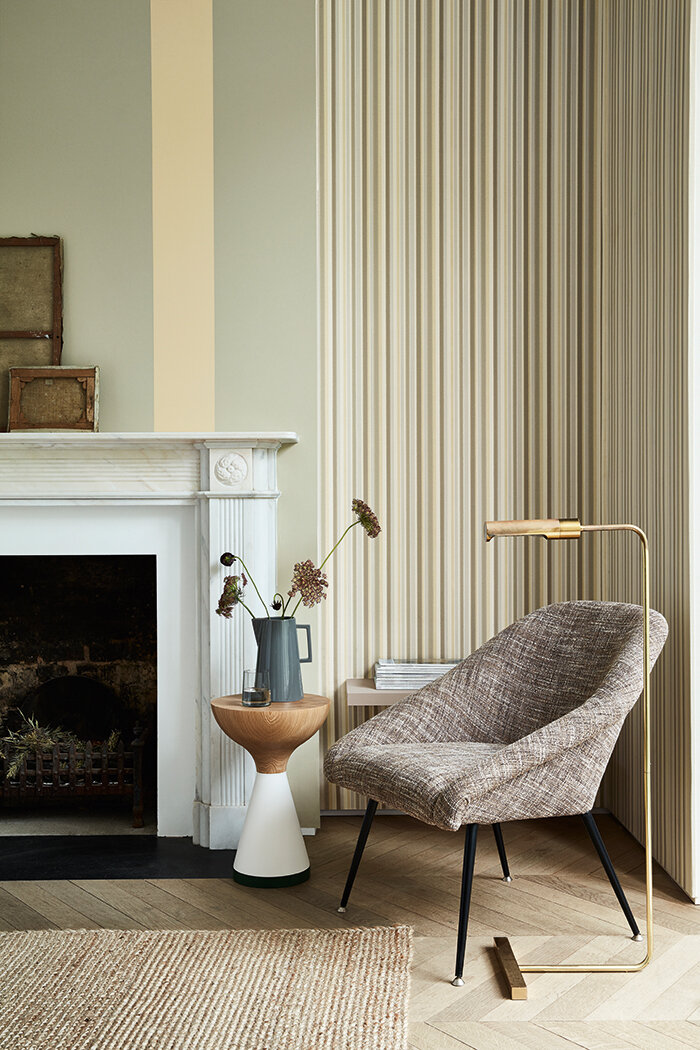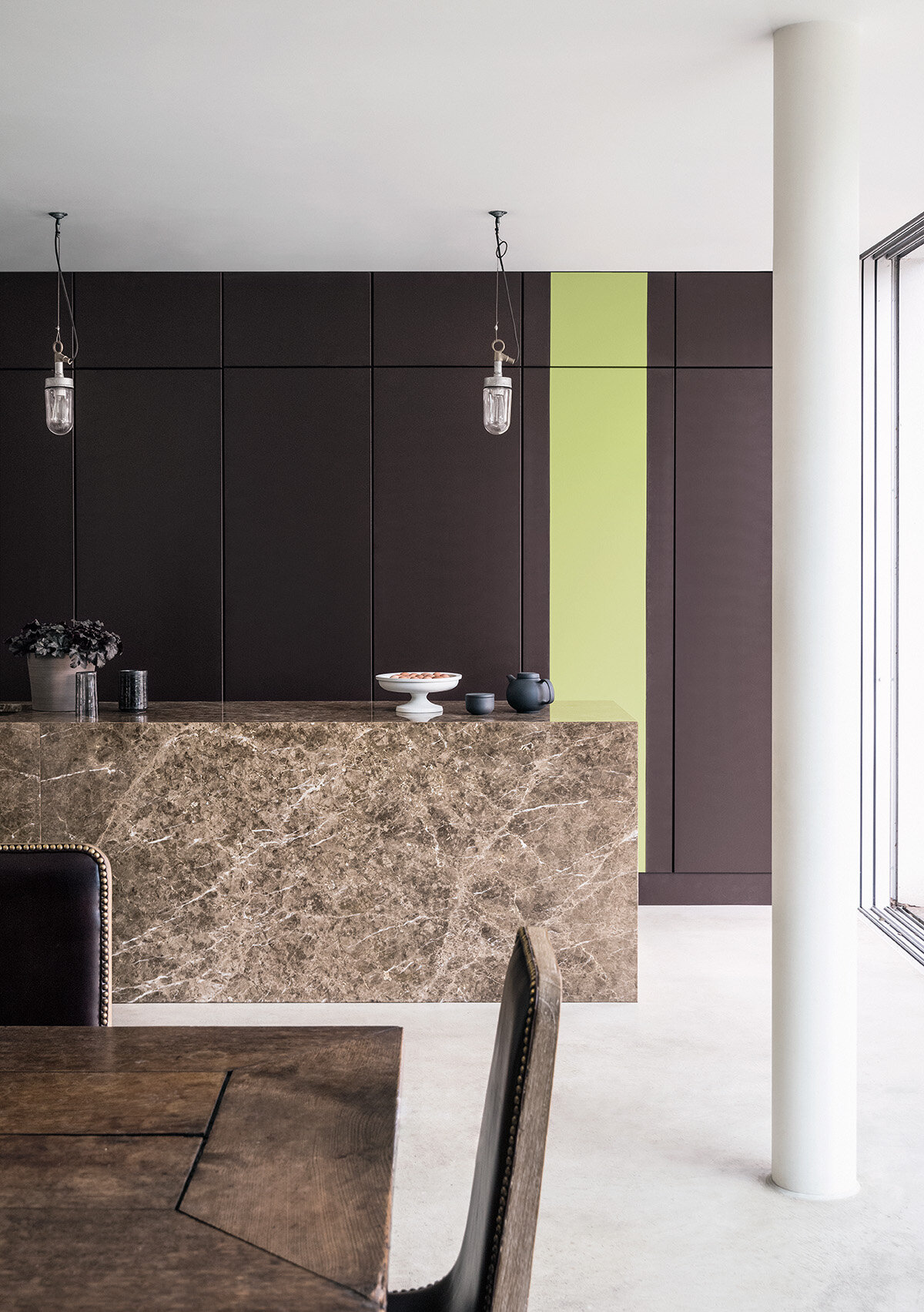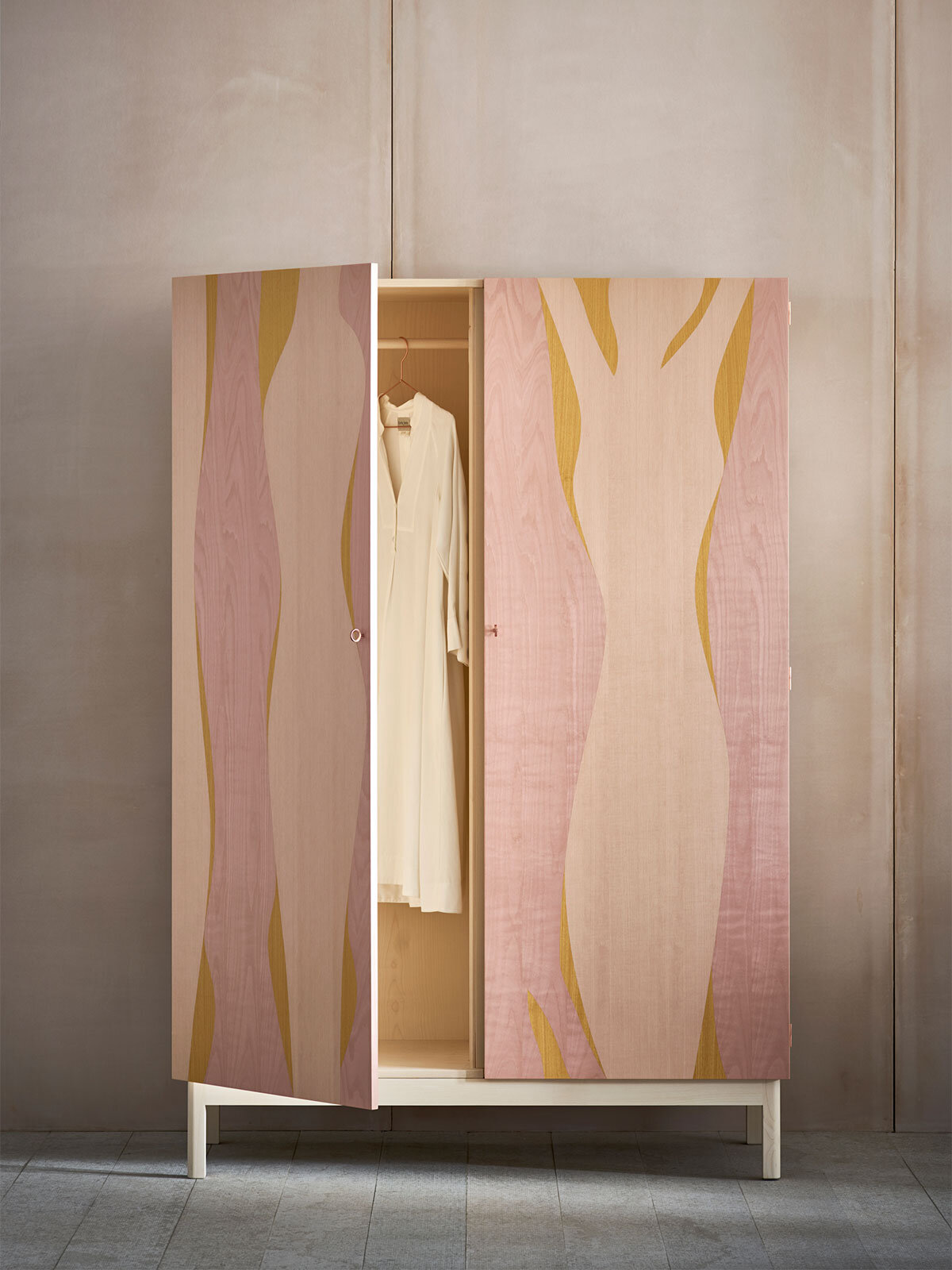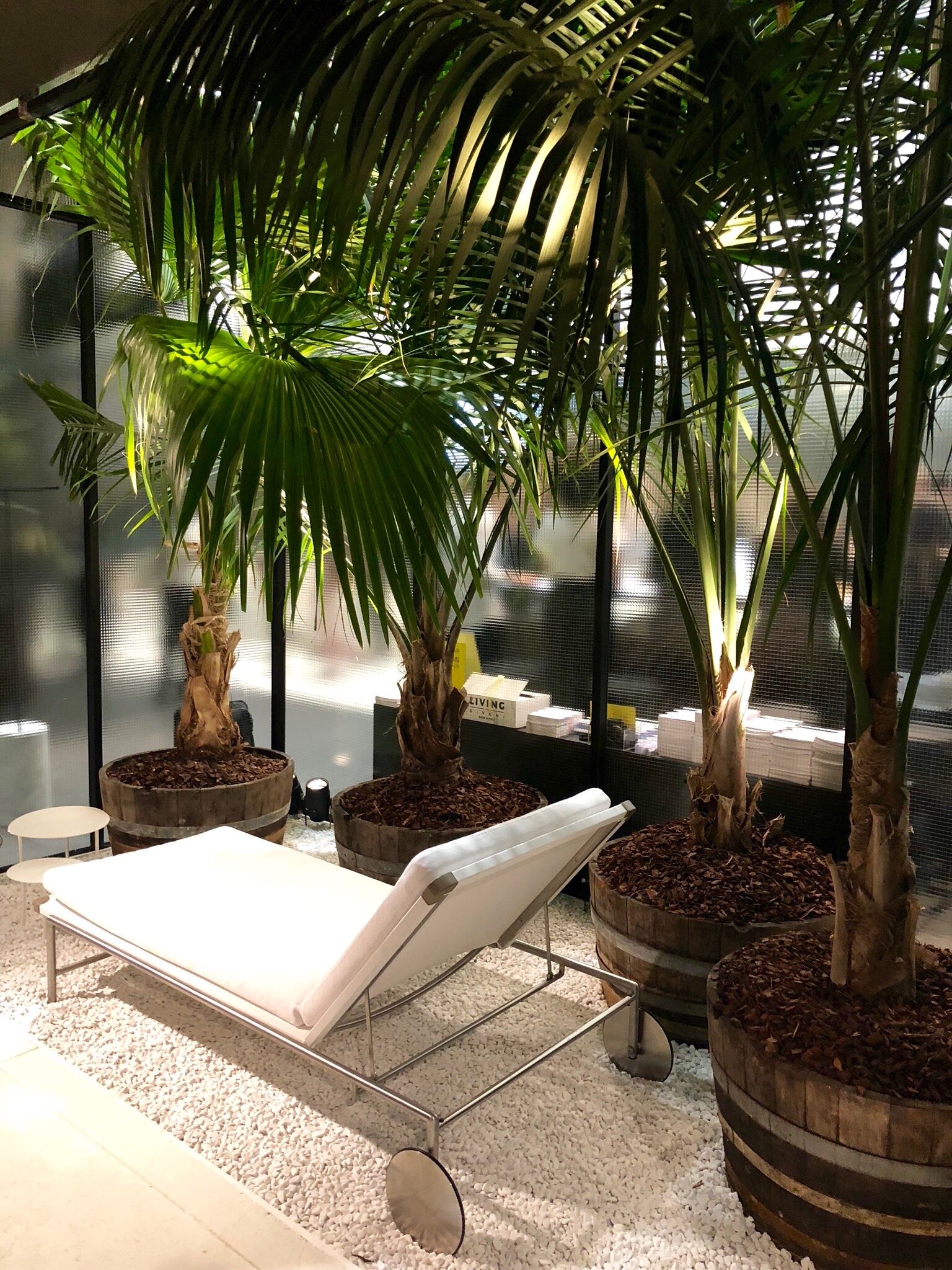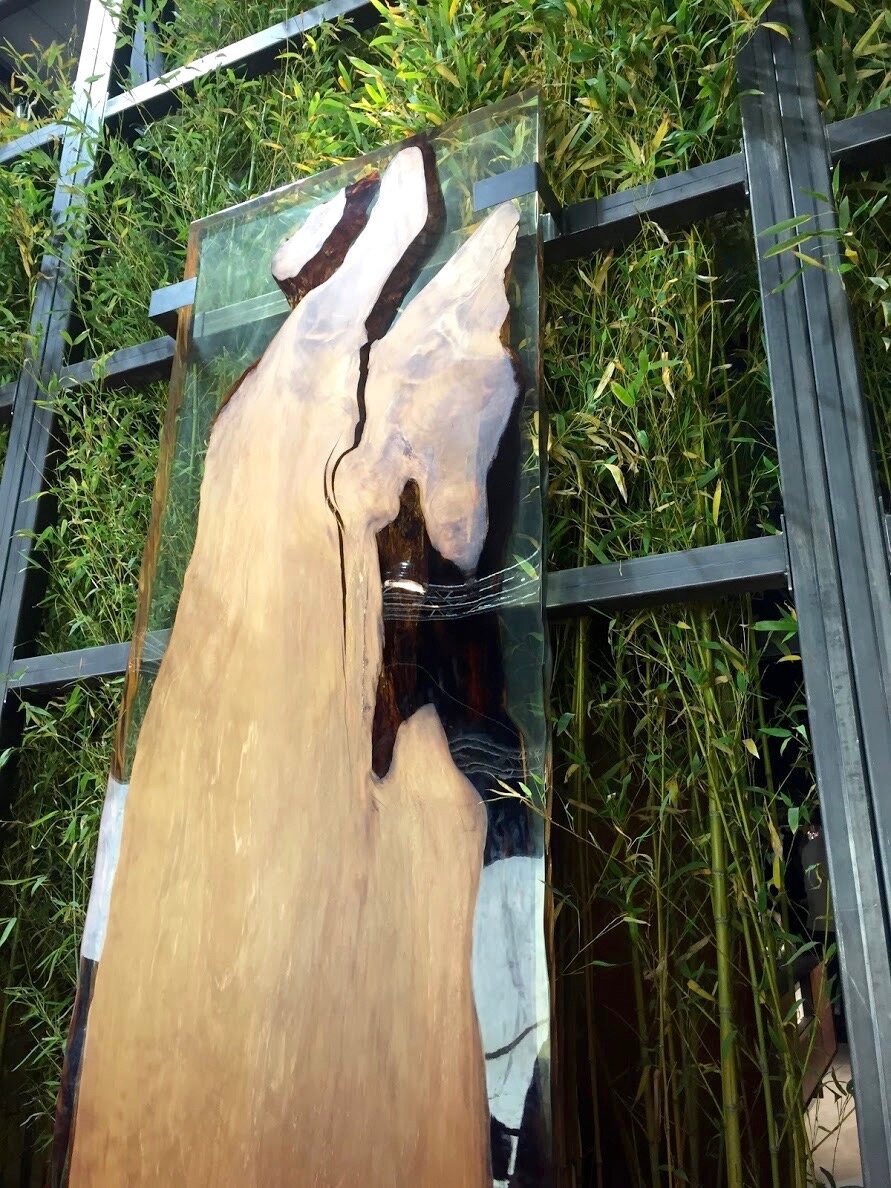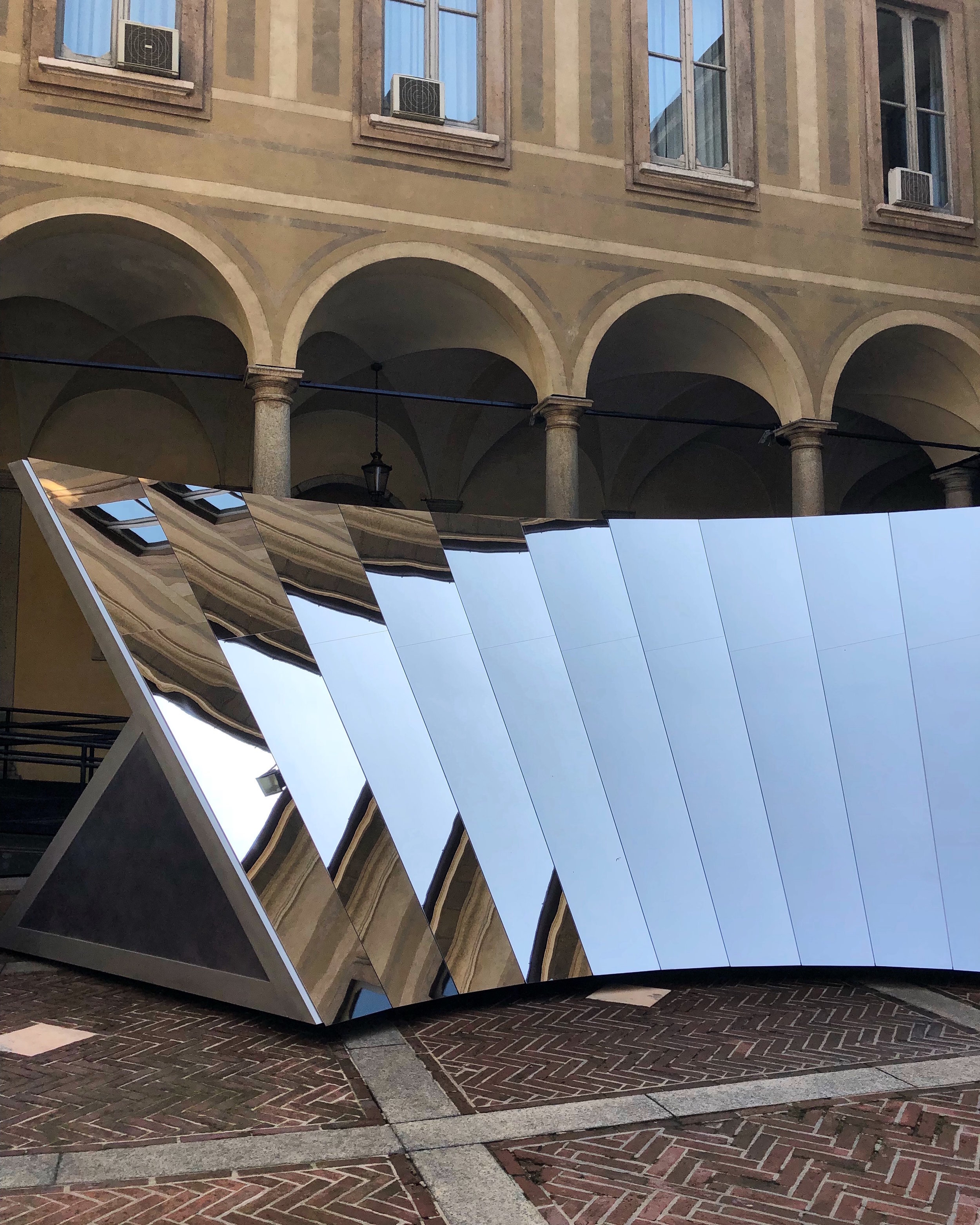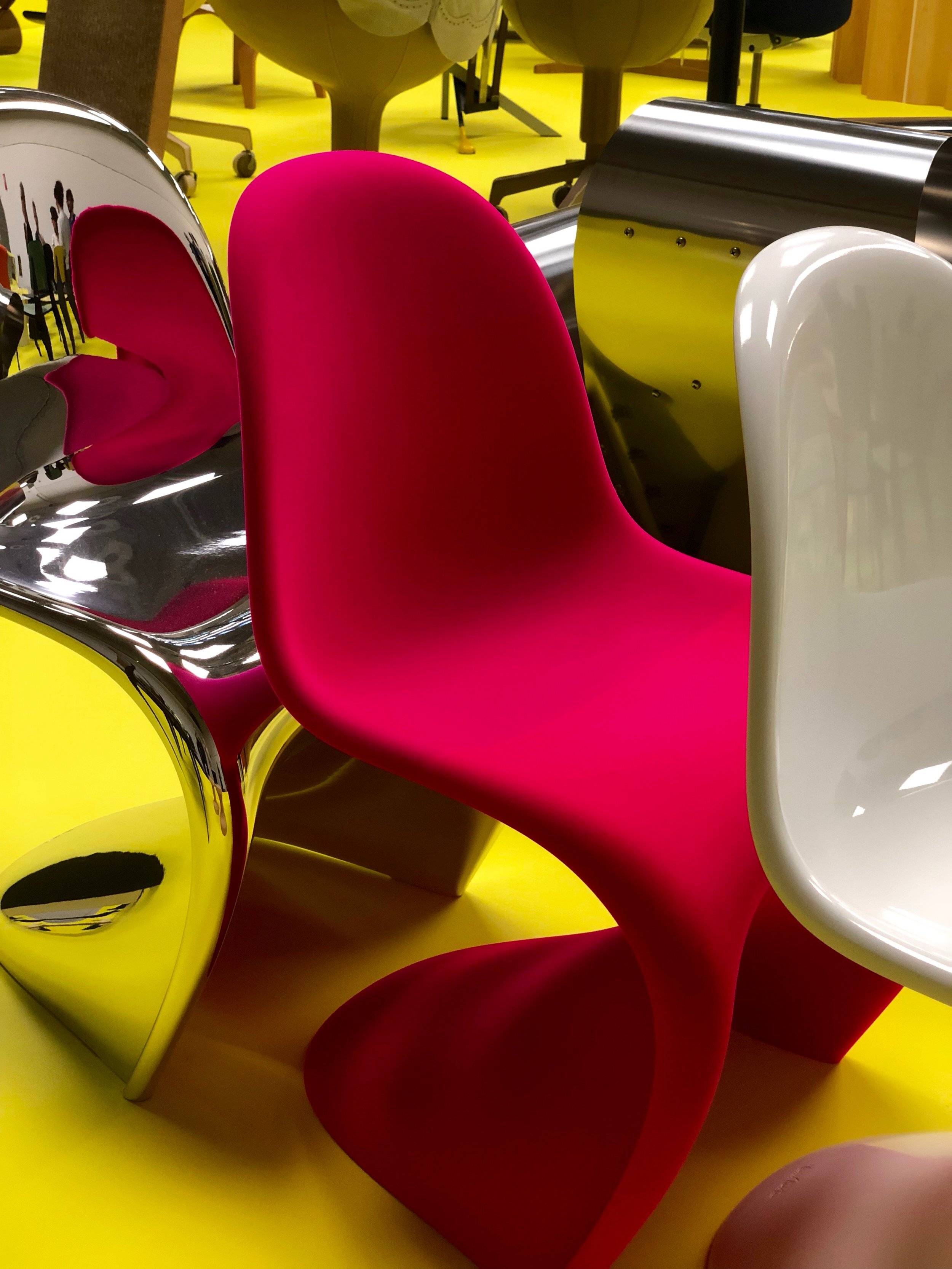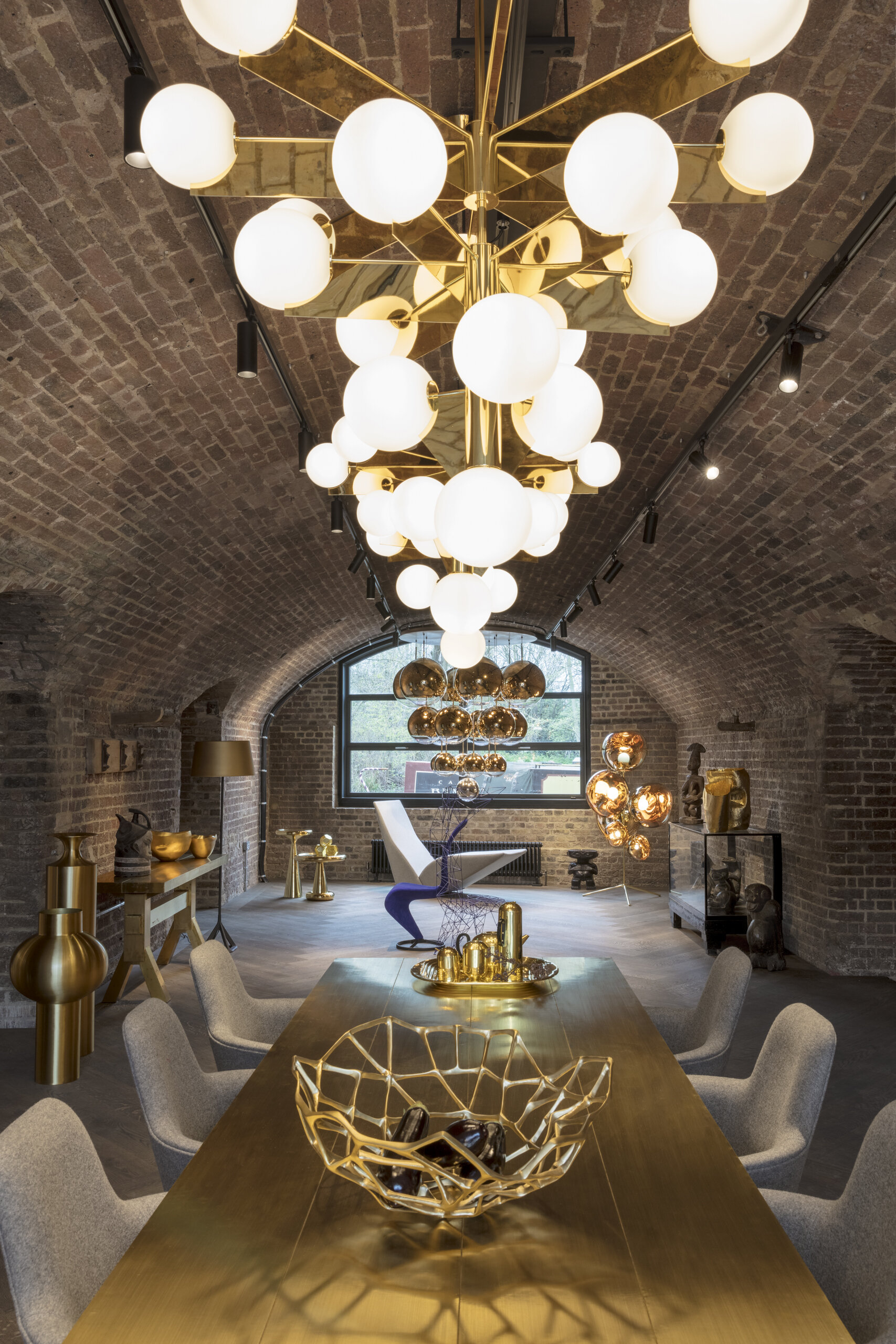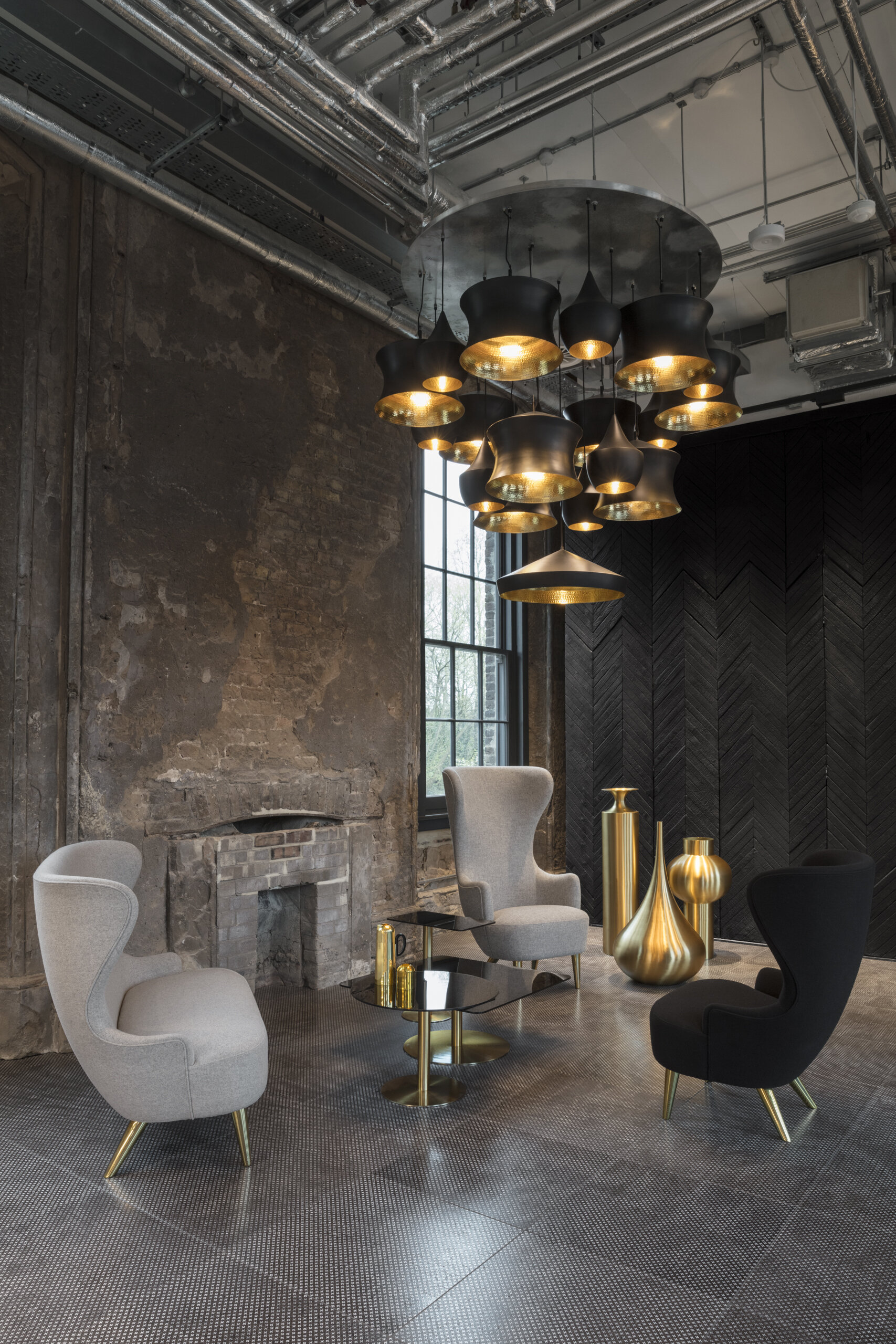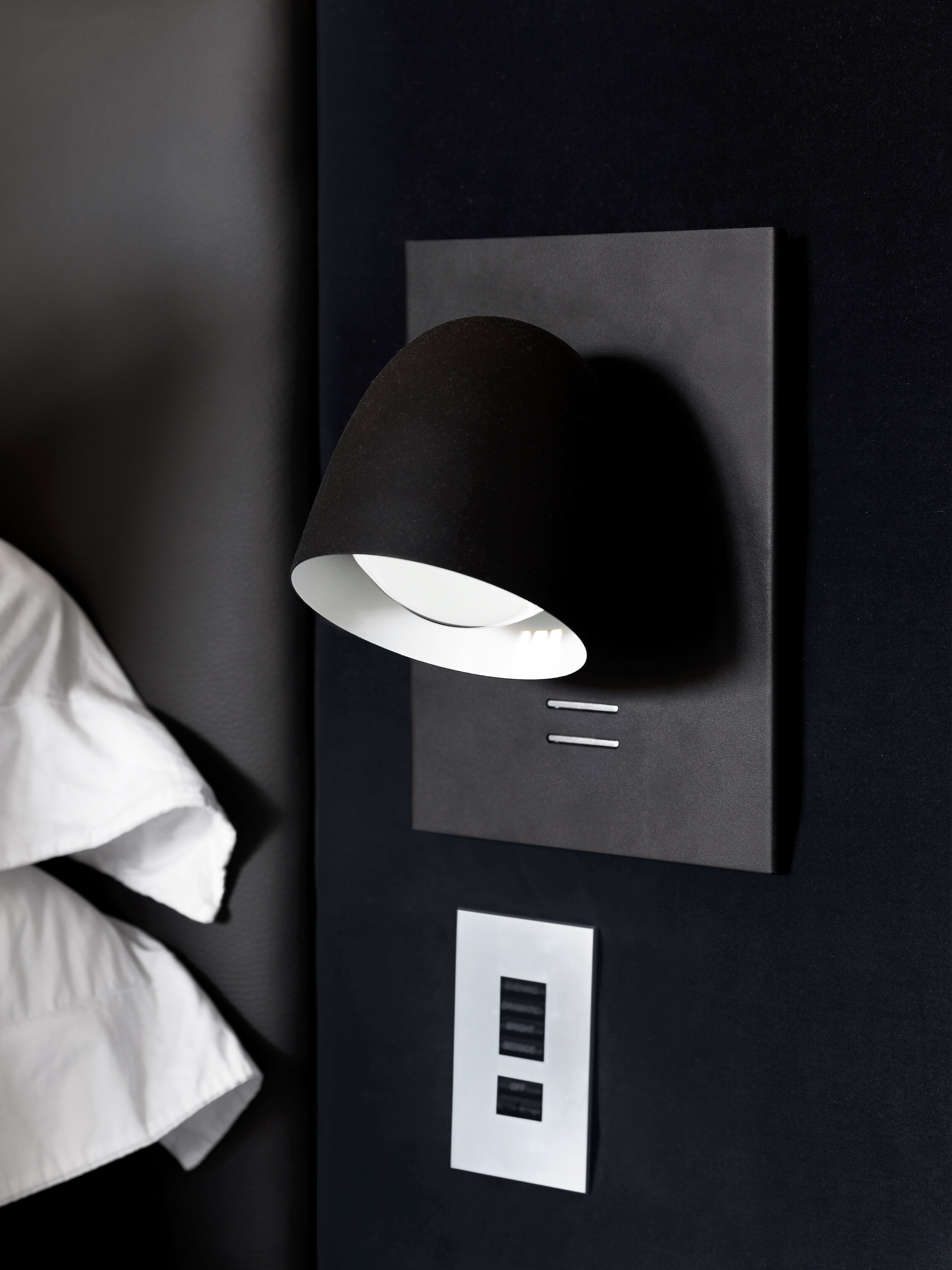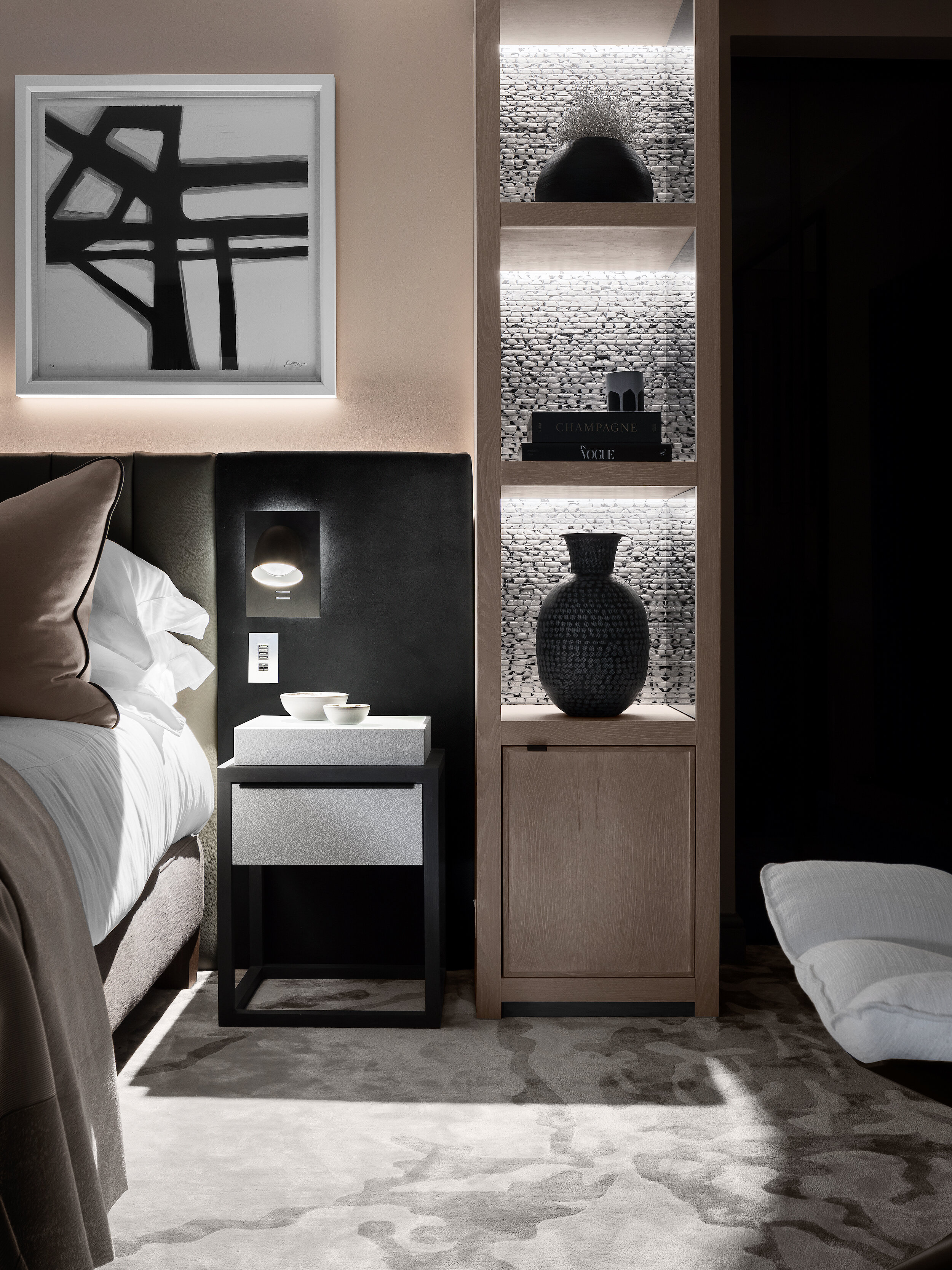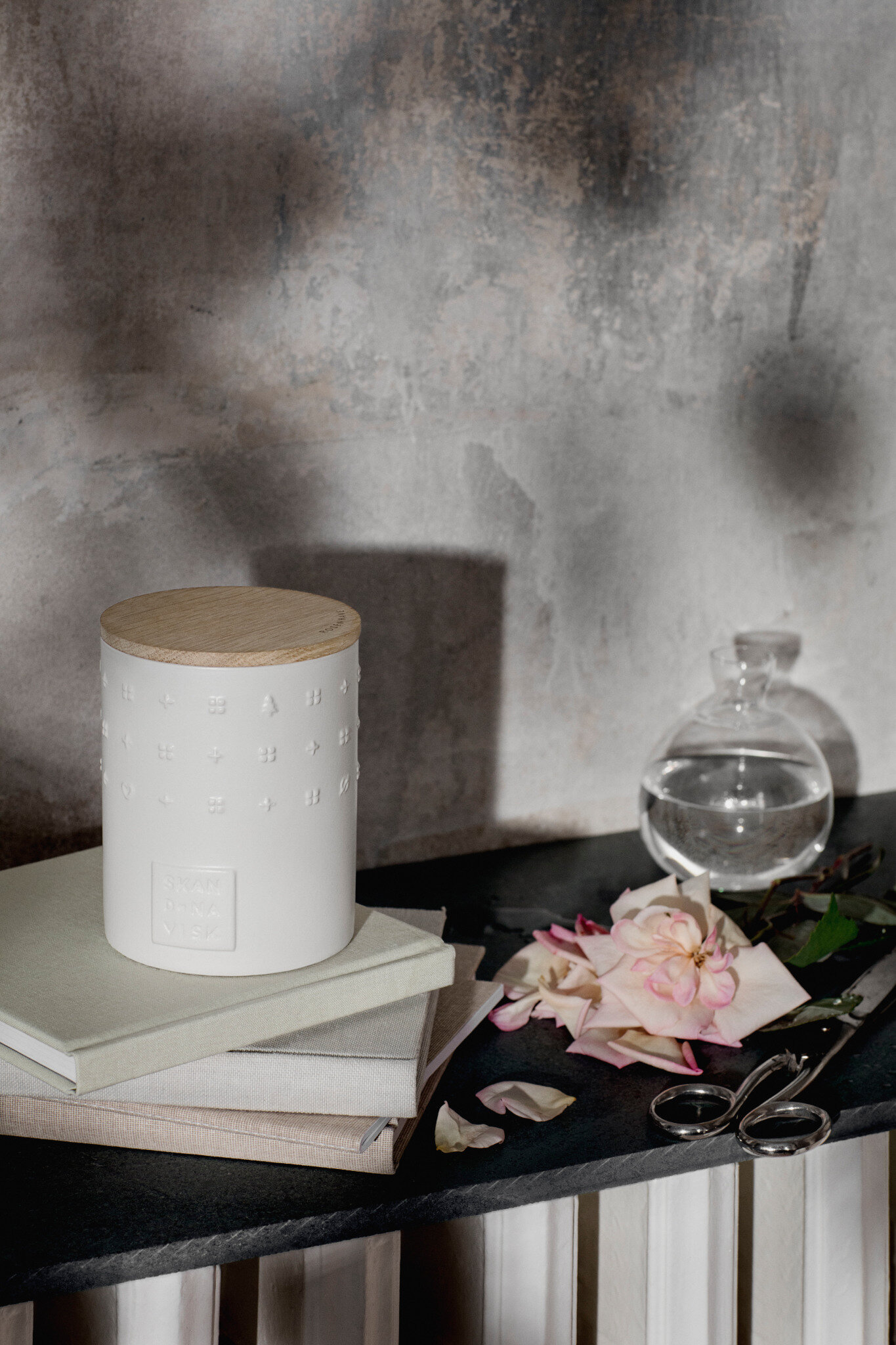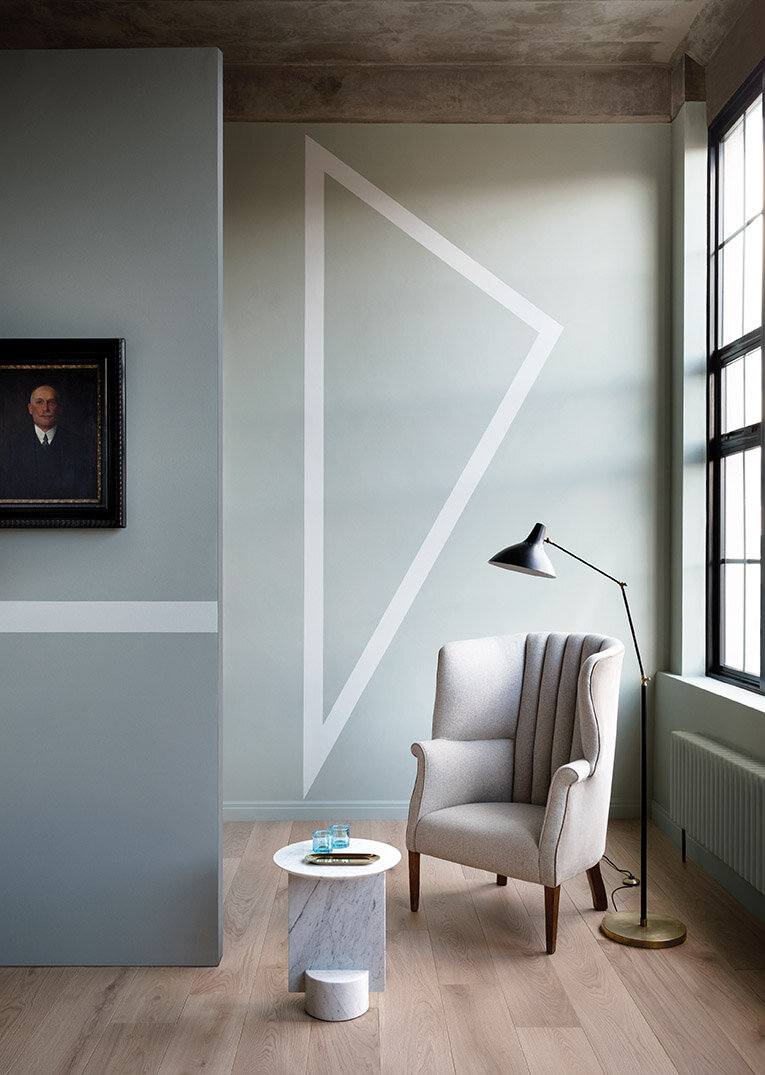The Importance of Understanding the Difference between an interior designer and a home stager.
Attempting something for the first time can be daunting and hiring an Interior Designer is no exception. Knowing if your visions will align, if they are qualified professionals, how long a project takes to complete and most importantly; what is billable - are all are common questions to ask yourself. This weeks journal entry provides inspiration for the types of questions to not only ask your designer but yourself - before hiring.
As an accredited Interior Architecture and Design practice clients are often surprised what a full Interior Design service involves.
Understanding that professional Interior Designers will look at the whole vernacular of a space, and apply a highly detailed level of technical skills into the interior architecture and spatial design, achieving a highly considered and elevated space.
Identifying what value a professional Interior Designer brings to your project, and that it is not merely their creative eye that you are commissioning, but also understanding that they bring value through their high level technical capabilities and interior architectural approach. As you embark upon your project it is important that you achieve a synergy with your chosen designer, sharing a common desire for the resulting possibilities. This will often come from considering not only the unique skills that they bring, but also their particular creative perspective.
Interior Designers are experienced qualified professionals who are looking to deliver a high level bespoke service. They will have a strong portfolio of work to demonstrate their unique design approach. Whilst many designers will be able to shift across design styles, and meet varying client briefs, it is an important consideration to select an interior designer based upon their creative zone of genius and particular speciality.
It is not uncommon for prospective clients to contact a professional Interior Designer looking for colour advice and dressing/styling services. Whilst this does form part of a larger package of professional interior designers services, as a stand-alone service this typically falls more in line with the service offering of a Home Stager or Home Stylist.
In The United States this type of professional service is widely embraced and is much more common place than it is in the UK, often being referred to as an Interior Decorator, however, in the UK this can lead to confusion as this terminology would be more commonly understood to be a painter, hence why some Interior Stylists/Home Stagers often prefer to identify themselves as Interior Designers, making it complex for a client to differentiate between the two professions when the lines are so blurred.
Professional accreditation is both an important measure of a designers professional competence and academic training, whilst simultaneously offering consumers the confidence in knowing that the professional that they are looking to hire is not just a hobbyist and will approach their project with diligent care and skill.
Rachel Usher Interior Design is a fully accredited Interior Design practice with the Society of British and International Interior Design (SBID) , a tightly regulated body which requires all members to meet a stringent criteria for accreditation and follow a strict code of ethics and conduct. This particular accreditation also allows designer to achieve International recognition of professional skills which is particularly important if working overseas. We are a multi disciplinary team and all Interior Designers within our team are full professional members of SBID.
Equally, there is the Home Staging Association UK & Ireland offering accreditation and professional credibility for Home Stagers and Home Stylists, bringing recognised integrity to an alternative group of interior professionals. Rachel Usher Interior Design is not a member of the Home Staging Association, being an Interior Design and Interior Architecture practice Home Staging is not one of our offered services.
The role of an Interior Stylist or Home Stager within the industry is not to be dismantled, indeed our studio is often approached to undertake this type of work and invariably we have to decline these opportunities finding that such work is not a good fit for our team, accepting projects that are not a good fit would also be a disservice to the client.
Home Stagers / Stylists can often execute projects more quickly and typically for a lower investment due to the reduced amount of technical planning work and site remodelling required. Home Stagers / Stylists offer a skill set and professional experience which can transform peoples homes and provide a simpler level of support and guidance to clients who are looking for a creative eye to achieve light cosmetic decorative results that they themselves could not have imagined.
Understanding the different professional services, and associated professional bodies will guide clients in ensuring that the correct professional most suited to their project deliverables, is appointed.
We’ve put together five key questions to ask any Interior Designer or Interior Architect as well as five important questions to ask yourself - for clarity and peace of mind from the very beginning of the process.
5 key questions to ask an Interior DesignER or Interior Architect
1.
How do I know that you are a PROFESSIONAL interior DESIGN service ?
There is a difference between hiring an Interior Designer or Interior Architect to that of a Home Styler/Stager - Interior Designers and Interior Architects are technically skilled, experienced and formally trained in executing bespoke, structural visions. You can learn more about what makes interior design a profession, rather than a hobby here.
All good Interior Design practices will be able to demonstrate skill, knowledge and experience through a portfolio of work. If you are presented anything that you don’t understand, technical drawings for example, ask the designer to explain these to you - this will provide you with an even better understanding of both the designers technical knowledge and experience.
2.
Do you have a predefined design style or are you able to design based on an individual clients AESTHETIC aspirations?
Some clients seek a particular Interior Designers services as way of attaining a particular predefined style - which in most cases the designer is well known for, whilst others prefer to work with a designer as a means to finding their own unique look.
A reputable designer will be able offer both, catering to the individual client their own vision through various principles. At Rachel Usher Interior Design we consider the various senses when concepting a space; light, texture, scent and colour are all considered and developed based on an individual clients needs and aspirations. This approach combines what we see as integral to the success of a design and allows the clients individual sense of self and style to be reflected through our strong design perspective.
3.
Are you able to work to my budget, which is…
It is extremely important to approach design budgets with a realistic and transparent approach. Experienced designers are able to design spaces which meet varying budget requirements and will provide honest feedback from the beginning if a budget doesn’t align with the clients aspirations.
An Interior Designer won’t be able to provide an exact figure for the project as a whole from the very beginning as it takes time to develop a design and to identify the specific associated costs. They will however be able to explain what is chargeable such as design fees, admin and project coordination as well as how they invoice and purchasing procedures. A seasoned Interior Designer will also be able to indicate investment levels required to achieve certain results.
4.
How does your interior design process work?
Every interior design studio will have their own processes and structure and will be able to explain this in advance, clearly and concisely. Interior design is a process and takes time, anyone promising short timescales for deliveries should be approached with caution - it’s likely that the work produced will not be thorough. Good designers will be working with multiple clients in tandem and producing works catered to each individual client, managed effectively with specific studio time allocated to each client.
Our own interior design service structure incorporates multiple stages following the RIBA plan of works - we offer a a carefully crafted structure which allows for client feedback between each stage.
Follow the link here to learn what may be involved within each stage, according to your individual needs.
5.
How much involvement is required from me?
The purpose of paying for an Interior Design is to outsource the time, knowledge and skills required to create a truly considered, beautiful and functional space so it’s important to make the most of the opportunity. Your Interior Designer should be happy to do everything for you whilst encouraging any feedback and thoughts at key stages during the design process - to ensure their vision aligns with the project brief. As a client it is important to make time for meetings with your designer and to eliminate any distractions so that honest and thoughtful feedback can be used to progress designs in a timely manner.
5 key questions to ask YOURSELF BEFORE MEETING WITH an Interior DesignER
1.
What do I need from my interior designer?
It is essential to have a clear idea from the beginning of what is required from your Interior Designer. Start by thinking about your ideal scenario, everything you would need to fulfil your aspirations for the space, a realistic investment level and making sure that this aligns with the projects budget.
Most Interior Designer’s will be working with more than one client at any given time and will allocate dedicated studio hours; based on what has been asked of them from the beginning. If additional works with clients arise during the design process which weren't discussed at the very beginning it’s unlikely that time will be available to start extra works immediately. Designs fees will also be calculated based on the original scope provided so make sure to communicate everything that you require at the very beginning.
2.
What is my budget for the project as whole, including design fees and installation costs?
Having a clear understanding of the costs involved in designing a space is the most important factor to consider when hiring an Interior Designer. Remember, it’s not only the products which require a budget, in most cases design fees will be charged and invoiced in stages along with the costs incurred for project coordination, craftsmen, admin and handling the procurement process.
Transparency is the best way to approach all new relationships and this open approach from the beginning will allow the Interior Designer to work towards your individual needs - and budget.
3.
When do I require all works to be completed by?
Just like the best restaurants or hotels - most Interior Designer’s require booking in advance. The design process is just that, it’s a process and time is required not only to research and develop ideas but to source individual samples or finishes and then formulate these into a clear presentation.
Once designs have been finalised nearly all high-end products require a lead time which can be anything from a few weeks to a few months. Quality items are in most cases made bespoke for you by skilled craftsman - they’re not mass-manufactured ‘off-the-shelf’ products and time is required to engineer these investment pieces which are intended to last a lifetime.
When working with builders or architects the most efficient and cost effective way to manage a project is to hire your interior designer at the same time, this will ensure clear and effective communication from the very beginning and eliminates the possibility of repeated works due to design changes.
4.
Do I have an idea of what my personal style is?
You’re hiring an interior designer because you recognise that you require professional expertise however it’s likely that you will already have an idea of what you like and also what isn’t reflective of you. Communicating this to your interior designer in your initial meeting will be beneficial to yourself and to the interior designer, setting the project off in an appropriate direction from the start.
Providing visuals is the best way to communicate any initial ideas or thoughts, many of our own clients come to us with rough ideas collected on Pinterest which is quick and simple way to demonstrate your thoughts and feelings; just one or two images will be more than enough for an Interior Designer to get an idea of what it is you are looking for . If you do feel unsure and need a place to start - think about hotels or restaurants where you loved the decor and wished you could have something similar at home.
5.
In what areas can i be flexible and what do I not want to COMPROMISE on?
Most clients don’t have a limitless budget and occasionally comprises have to be made. Core elements of a design which you feel would add value to your life should never be compromised on and identifying what these individual components are is important to avoid disappointment - as is thinking about what you could live without if your investment doesn't quite cover your ideal scenario.
Contact us
Our interior design services are crafted to offer us the opportunity to work with a diverse range of clients. No two clients are the same and our service structure is reflective of this where we mindfully balance our time between projects of various sizes, scopes and locations with varying deliverables; providing a high-end, luxury service we’re extremely proud of.
In most cases we begin new relationships with a friendly chat on the phone. We will ask you some questions around your project aspirations and it is important that you answer them as transparently as possible, this allows us to gain a better understanding of the project and it’s individual requirements. We will follow up the call with a an overview of how we work and examples of previous client projects, a FAQ’s document and an investment planner if required. Following this, if we feel that we are a good mutual fit we will offer an initial design discovery zoom call during which we can establish the full scope of work allowing us to prepare a design fee proposal for your consideration.
If you’re looking for residential interior design services, get in touch with our studio here for further information or follow this link to our Interior Design Services page.
Hiring an Interior Designer; 10 key questions to ask a designer and yourself
Attempting something for the first time can be daunting and hiring an Interior Designer is no exception. Knowing if your visions will align, if they are qualified professionals, how long a project takes to complete and most importantly; what is billable - are all are common questions to ask yourself. This weeks journal entry provides inspiration for the types of questions to not only ask your designer but yourself - before hiring.
Attempting something for the first time can be daunting and hiring an Interior Designer is no exception.
Knowing if your visions will align, if they are qualified professionals, how long a project takes to complete and most importantly; what is billable - are all are common questions to ask yourself.
Identifying what a client and Interior Designer partnership is going to look like should always be considered at the very beginning. Most Interior Design studios will allocate a certain amount of consultation time without charges before design fees commence, ourselves included and it’s an opportunity for both parties to suss out not only whether you’re a good fit for each other but also the finer details of what in most cases will be a long-term relationship.
Interior Designers are experienced professionals who have met with a variety clients and so of course will have their own pre-prepared questions, without detailed thought before an initial consultation clients can be ‘put on the spot’ with inaccurate or unrealistic expectations expressed.
We’ve put together five key questions to ask any Interior Designer or Interior Architect as well as five important questions to ask yourself - for clarity and peace of mind from the very beginning of the process.
5 key questions to ask an Interior DesignER or Interior Architect
1.
How do I know THAT you are a professional interior design SERVICE ?
There is a difference between hiring an Interior Designer or Interior Architect to that of an Interior Decorator - Interior Designers and Interior Architects are technically skilled, experienced and formally trained in executing bespoke, structural visions. You can learn more about what makes interior design a profession, rather than a hobby here.
All good Interior Design practices will be able to demonstrate skill, knowledge and experience through a portfolio of work. If you are presented anything that you don’t understand, technical drawings for example, ask the designer to explain these to you - this will provide you with an even better understanding of both the designers technical knowledge and experience.
2.
Do you have a predefined design style or are you able to design based on an individual clients AESTHETIC aspirations?
Some clients seek a particular Interior Designers services as way of attaining a particular predefined style - which in most cases the designer is well known for, whilst others prefer to work with a designer as a means to finding their own unique look.
A reputable designer will be able offer both, catering to the individual client their own vision through various principles. At Rachel Usher Interior Design we consider the various senses when concepting a space; light, texture, scent and colour are all considered and developed based on a individual clients needs and aspirations. This approach combines what we see as integral to the success of a design and represents clients individual sense of self and style.
3.
Are you able to work to my budget, which is…
It is extremely important to approach design budgets with a realistic and transparent approach. Experienced designers are able to design spaces which meet budget requirements and will provide honest feedback from the beginning if a budget doesn’t align with the clients aspirations.
An Interior Designer won’t be able to provide an exact figure for the project as a whole from the very beginning as it takes time to develop a design and to identify the specific associated costs. They will however be able to explain what is billable such as design fees, admin and project management as well as how they invoice and purchasing procedures.
4.
How does your interior design process work?
Every interior design studio will have their own processes and structure and will be able to explain this in advance, clearly and concisely. Interior design is a process and takes time, anyone promising short timescales for deliveries should be approached with caution - it’s likely that the work produced will not be thorough. Good designers will be working with multiple clients in tandem and producing works catered to each individual client, managed effectively with specific studio time allocated to each client.
Our own interior design service structure incorporates four stages; concept, scheme and detail design and installation - a carefully crafted structure which allows for client feedback between each stage.
Follow the link here to learn what may be involved within each stage, according to your individual needs.
5.
How much involvement is required from me?
The purpose of paying for an Interior Design is to outsource the time, knowledge and skills required to create an truly considered, beautiful and functional space so it’s important to make the most of the opportunity. Your Interior Designer should be happy to do everything for you whilst encouraging any feedback and thoughts at key stages during the design process - to ensure their vision aligns with the project brief. As a client it is important to make time for meetings with your designer and to eliminate any distractions so that honest and thoughtful feedback can be used to progress designs in a timely manner.
5 key questions to ask YOURSELF BEFORE MEETING WITH an Interior DesignER
1.
What do I need from my interior designer?
It is essential to have a clear idea from the beginning of what is required from your Interior Designer. Start by thinking about your ideal scenario, everything you would need to fulfil your aspirations for the space but be realistic and make sure this aligns with the projects budget.
Most Interior Designer’s will be working with more than one client at any given time and will allocate dedicated studio hours; based on what has been asked of them from the beginning. If additional works with clients arise during the design process which weren't discussed at the very beginning its unlikely that time will be available to start extra works immediately. Designs fees will also be calculated based on the original brief provided so make sure to communicate everything that you require at the very beginning.
2.
What is my budget for the project as whole, including design fees and installation costs?
Having a clear understanding of the costs involved in designing a space is the most important factor to consider when hiring an Interior Designer. Remember, it’s not only the products which require a budget, in most cases design fees will be charged and billed in stages along with the costs incurred for craftsmen, admin and handling or processing of product orders.
Transparency is the best way to approach all new relationships and this open approach from the beginning will allow the Interior Designer to work towards your individual needs - and budget.
3.
When do I require all works to be completed by?
Just like the best restaurants or hotels - most Interior Designer’s require booking in advance. The design process is just that, it’s a process and time is required not only to research and develop ideas but to source individual samples or finishes and then formulate these into a clear presentation.
Once designs have been finalised nearly all high-end products require a lead time which can be anything from a few weeks to a couple of months. Quality items are in most cases made especially for you by skilled craftsman - they’re not mass-manufactured ‘off-the-shelf’ pieces and time is required to engineer the designs which are intended to last a lifetime.
When working with builders or architects the most efficient and cost effective way to manage a project is to hire your interior designer at the same time, this will ensure clear and effective communication from the very beginning and eliminates the possibility of repeated works due to design changes.
4.
Do I have an idea of what my personal style is?
You’re hiring an interior designer because you recognise that you require professional expertise however it’s likely that you will already have an idea of what you like and also what isn’t reflective of you. Communicating this to your interior designer in your initial meeting will be beneficial to yourself and to the interior designer, setting the project off in an appropriate direction from the start.
Providing visuals is the best way to communicate any initial ideas or thoughts, many of our own clients come to us with rough ideas collected on Pinterest which is quick and simple way to demonstrate your thoughts and feelings; just one or two images will be more than enough for an Interior Designer to get an idea of what it is you are looking for . If you do feel unsure and need a place to start - think about hotels or restaurants where you loved the decor and wished you could have something similar at home.
5.
In what areas can i be flexible and what do I not want to COMPROMISE on?
Most clients don’t have a limitless budget and occasionally comprises have to be made. Core elements of a design which you feel would add value to your life should never be compromised on and identifying what these individual components are is important to avoid disappointment - as is thinking about what you could live without if your budget doesn't quite cover your ideal scenario.
Contact us
Our interior design services are crafted to offer us the opportunity to work with a diverse range of clients. No two clients are the same and our service structure is reflective of this where we mindfully balance our time between projects of various sizes, scopes and locations with varying deliverables; providing a high-end, luxury service we’re extremely proud of.
In most cases we begin new relationships via email. We kindly ask all prospective clients to answer a list of guided questions as transparently as possible which allows us to gain a better understanding of the project and it’s individual requirements. We also include an overview of how we work and examples of previous client projects. This approach allows clients the time to think about their needs - without putting them on spot
Once we have an idea of what is required from us we invite clients to our South Yorkshire studio for a one-hour initial consultation, free of charge, where we discuss projects in much more detail but most importantly we get to know our clients and they get to know us.
If you’re looking for residential interior design services, get in touch with our studio here for further information or follow this link to our Interior Design Services page.
Considered choices rather than expensive mistakes; Why you should appoint an Interior Designer
Interior design is a profession, not a hobby. When hiring an interior designer you are embarking on a valuable journey, utilising skilled practitioners who spend dedicated time developing designs and are able to draw upon years of knowledge - with refined technical capabilities and the experience to execute ideas into a reality. This weeks journal entry explores why an aversion to asking for advice leads to expensive mistakes.
Interior design is a profession, not a hobby. When hiring an Interior Designer you are embarking on a valuable journey, utilising skilled practitioners who spend dedicated time developing designs and are able to draw upon years of knowledge - with refined technical capabilities and the experience to execute ideas into a reality.
Interior Designers are literally experts in interior design. They are professionals, who have spent a minimum of three years studying, in most cases undertaking multiple placements within established firms before building extensive portfolios working within the industry.
It’s important to understand the difference between hiring an Interior Designer to that of an Interior Decorator - the latter will only able to make light aesthetical improvements whilst Interior Designers are skilled and experienced in executing bespoke, structural visions.
Interior Concepts
When hiring an Interior Designer you’re gaining their intellectual property, an intangible skill of creativity - a natural quality you either have or you don’t; creativity can't be learnt or taught.
The number one problem encountered when designing a space without a professional is caused by buying pieces before the design is complete. Without thorough research and extensive libraries of finishes and fabrics, ideas can’t be compared next to one another and the design will ultimately lack any sense of cohesiveness. It’s an expensive mistake, where you can end up with lots of things you like which simply don’t work in harmony together.
Designing an emotionally considered space is important too - acknowledging the various senses directly impacts how the final space will feel to interact with. As designers we encourage clients to consider mind over matter, thinking about the emotional needs of a space in conjunction with aesthetical aspirations. When going it alone this particular aspect of the design process is often ignored and final spaces lack individuality and a sense of self.
Interior Schemes
Once a concept has evolved into a clearly defined design the most complex part of the process begins and at this stage a lack of technical ability and precision could be costly. Bespoke design requires exact specifications and detailed technical drawings to aid space planning and room flows.
It can also be challenging to envisage something which doesn’t currently exist and without technical drawings or elevations the reality of a design could be quite different to what was imagined or intended. Our detailed elevation drawings allow for designs to be perfected, adapted and discussed with experienced craftsmen, ensuring bespoke designs are not only beautiful but functional too.
DETAIL Design and Installation
In many cases the little things, such as handles or switches, are often overlooked or ignored - despite the fact most of us connect with these smaller details on more than a daily basis. During the detail design stage of the process all details, big and small, are considered and hand-selected based on the individual client’s needs.
Most interior products, even when not produced bespoke, do involve a lead time. Planning orders and deliveries can be stressful and if not timed correctly can mean that storage costs are involved. It’s also extremely important that items are checked upon receipt, if damages during transit occur - which does happen occasionally - these must be reported to the manufacturer's in a timely manner; otherwise you may find yourself stuck with an item which isn’t fit for purpose. When working with an Interior Designer, all of the above is looked after for you with all the individual elements which make up your space arriving according to your project deadline, checked and unpacked safely.
The final installation process involves numerous skilled craftsmen working alongside and in tandem with one another. Electricians, joiners and decorators are just some of the skilled tradesmen who schedules need to be carefully planned in advance to ensure works are carried out in the correct order - according to the individual projects development stages. Without carefully planning works may need to be repeated and project deadlines are often extended dramatically. An Interior Designer can be utilised at this stage to not only plan and book all works in advance but also provide invaluable advice if adaptations due to unforeseen issues arise and to check works are carried out to a high standard.
Interior Design Services
Our residential interior design services are crafted to offer us the opportunity to work with a diverse range of clients. Our formally trained and experienced team work with client projects of various sizes, scopes and locations with varying deliverables, providing a high-end, luxury service we’re all extremely proud of.
Head here to learn more about the Rachel Usher Interior Design Studio Services
or if you have any questions please do get in touch here.
Rachel Usher Follows - Our top 10 interior Instagram accounts to follow
Instagram. It’s an outlet for creativity, filled with inspiration or perhaps even escapism with the power to influence our decisions - designers included. Here’s our top 10 interior instagram accounts to follow for a daily dose of dream worthy design.
Instagram. It’s an outlet for creativity, filled with inspiration or perhaps even escapism.
Viewing the world through a screen is perhaps ‘the’ modern-day phenomenon of our time. First it was food, then fitness and now interiors and architecture are also succumbing to the influence of our ever growing relationship with digital media...
Businesses are being challenged to make their physical premises as attractive and on-brand as their digital output, styled to look their best on social media as a way of luring in followers who seek the perfect photo-opportunity. This need is reshaping the design world with Instagram now utilised by many designers as a platform for inspiration and research - not just a means to document their own work.
Here’s our top 10 interior instagram accounts that we follow for a daily dose of note-worthy design inspiration.
1.
@Gubiofficial
Gubi's dream worthy designs translate into various interior styles, from Contemporary Luxury to Mid-Century and Scandinavian styles. Their instagram is a shrine to the brands iconic designs and shows that - no matter the setting or style - the eye is always drawn Gubi's evolutionary work.
“Designs that stimulate the senses, are beautiful yet usable. GUBI is pursuing perfection with passion and courage. Evolution is the essence.”
2.
@parisianfloors
Photographer Sebastian Erras explores the world beneath us through his Instagram feed, Parisian Floors - an account like no other. Documenting the colorful floors of Paris and beyond, Erras inspires us all to start watching our step.
“Travelling the world and exploring new cultures is a passion I try to fulfil as much as I can.”
3.
@haydesign
Contemporary furniture brand Hay have rapidly become synonymous with Scandinavian design, their Instagram feed is reflective of the more playful side to this design movement and feels accessible to all - As cool and casual as the brands founders Mette and Rolf.
“We are inspired by the stable structures of architecture and the dynamics of fashion, which we seek to combine in durable quality products.”
“We celebrate destinations, journeys, processes and the smaller details of life through our imagery.”
5.
@upshotsheffield
Upshot Espresso passionately believe all of the food and beverages that they offer should be approached with integrity. Their Instagram feed is menu of delicious visuals - beautifully presented dishes and authentic daily snapshots.
“Our approach is to only brew coffee that is traceable, sustainable and impeccably roasted.”
6.
@theperfecthideaway
The Perfect Hideaway believe that travel feeds the soul and their Instagram account beautifully documents this with design-led properties for the modern traveller.
“It’s not about luxury, it’s about experience. To me, that is heavily influenced by the space itself and the people who created it, and ultimately, how it makes you feel.”
7.
@riba
The Royal Institute of British Architecture are well-known for their work supporting British Architects. Their Instagram account plays with different aspects of the design process through various types of media - Inspiring to both industry insiders and lovers of design in gerneral.
“We serve our members and society in order to deliver better buildings and places, stronger communities and a sustainable environment. Being inclusive, ethical, environmentally aware and collaborative underpins all that we do.”
8.
@cerealmag
Cereal is a bi-annual magazine about travel and style and their Instagram feed reflects this with moody contemporary snapshots of various subject matters - from dreamscapes to luxury hotels and fashion.
“Each issue focusses on a select number of destinations, alongside engaging interviews and stories on unique design, art, and fashion.”
9.
@nichba_design
Founded by Danish metalworker Nicholas . Anderson, Nichba Design utilise Instagram to showcase the brands minimalistic crittal designs which are simple and streamlined whilst honouring traditional manufacturing methods.
“Denmark is a nation of proud craftsmen and I want to represent that too. It is important to me to maintain the traditions and craftsmanship.”
10.
@thespacesmag
The Spaces is a digital publication which features inspiring residential and commercial buildings that are pushing boundaries and changing how we experience a space.
“Exploring the rich urban fabric of cities across the world, we want to inform and spark new conversations about design and property, while inspiring people to look at their environments differently.”
#IBA18; Amara's annual Interior Blog Awards are back - and we're nominated!
Now in its fifth year, Amaras Interior Blog Awards continue to celebrate respected bloggers from across the Industry. This year, we’re proud say that our interior designer journal has been nominated - but we need your help...
After years of working closely with many talented individuals, interiors retailer Amara recognised blogging as an integral part of the interior design industry. Introducing the concept of an Interiors Blog Awards in 2013, the campaign to celebrate and champion bloggers from various backgrounds has since grown tremendously - thanks to the awards philosophy of being open to all, regardless of size or stature within the industry.
Rachel Usher Interior Design Blog
We think past the notion that design is simply about aesthetics and our journal allows us to explore this sentiment with you directly, from ‘Light and it’s Power of Illusion’ to what ‘A New Mood of Exuberance’ means for you. All of our journal entries explore the importance of creating a memorable interior experience and why an emotionally considered approach is, to us, the only way to add meaningful value to a space.
A New Mood Of Exuberance
Why Spaces with punch and personality are the future of interior design...
How to vote
Amara have introduced a new system this year for shortlisting each categories entries - combining the judges’ views and the public vote to produce an overall score; culminating in an annual awards ceremony.
If you would like to take part in the preliminary voting stage, we’re delighted to announce our nomination within the ‘Best Interior Design Blog’ category, voting opens from Wednesday 15th August at 10am BST here.
Voting will close on Wednesday19th September at 12pm BST.
Sustainable Paint; Where creativity and responsibility unite
You will already be aware of the transforming effects a simple coat of paint can provide to a space. The toxic components used to create many well-known paint products however are generally not acknowledged, causing damaging environmental effects to our planet. In 2018 ignorance is no longer bliss and so this weeks journal entry explores the importance and benefits of luxury eco-paint; a product that remains creative whilst honouring our environmental responsibility.
Sustainable Paint; Where creativity and responsibility unite.
In 2018 ignorance is no longer bliss. The importance of environmentally responsible products is gaining momentum, luxury paints included, but identifying brands which produce with minimum ecological impact can still be notoriously difficult...
How paints are formulated isn’t something most people are acutely aware of - or even think to question yet the reality is most well-known paint producers create their colour ranges with toxic chemicals which are not only bad for the environment but also our own health.
Most modern-day manufacturers create their paints using the three main components of pigment, binder and a carrier. Many of the ingredients used within these combine toxic chemicals such as cadmium, lead, chromium, petrochemicals, solvents, benzene, and formaldehyde as well as volatile organic compounds otherwise known as VOCs. Whilst organic, the chemical compounds of VOCs evaporate easily into the atmosphere and so are a particular concern environmentally, contributing to climate change.
Numerous health problems are linked to these chemicals, from less severe issues such as eye irritation to problems much more serious; respiratory disease, asthma, skin disorders, liver or kidney damage and even cancer. The most concerning aspect of these chemicals however is the fact that many paints continue to emit dangerous VOCs years after their initial application.
Due to rising industry concerns environmental regulations have been put in place, forcing paint manufacturers to reduce their VOC content however many brands still include solvents and chemical pigments.
There are however a handful of brands who are pioneering with non-toxic paints, acting positively and responsibly to minimize the ecological impact paint has to both ourselves and the wider environment. Two brands in particular, Little Greene and Paint & Paper Library are revolutionary in their approach, producing luxury, high quality paints which remain creatively progressive whilst honouring their social commitments.
Little Greene
Little Greene are a brand whose philosophy is centered around a commitment to protecting the environment and in 2004 they were one of the first brands to achieve the required environmental standards. Every aspect of their business is considered against this philosophy whilst ensuring no compromises are made within the products they manufacture.
Little Greene's water- based paints carry the paint industry's lowest eco-rating with VOC content at virtually zero. This eliminates any concerns regarding solvents releasing into the atmosphere and any respiratory issues which could otherwise have been affected. Oil-based paints are formulated using sustainable vegetable oils without compromise on quality, renowned within the industry for their superior finish and longevity.
Paint tins are produced using recycled steel with the added benefit of being able to be recycled again after use - another instance where Little Greene strives in comparison to their competitors. The company has also recently moved into a new head quarters located in Manchester, designed specifically around their eco-values with solar powered energy for both their general offices and paint manufacturing.
Paint and Paper Library
Paint and Paper Library are another brand whose values align with long-term environmental sustainability:
“With creativity comes responsibility and with beauty comes duty. We make every effort to minimise any negative impact on the environment and health.”
Every product they produce is made by traditional methods, incorporating eco-friendly ingredients which not only make a visual impact but positively exceed current environmental regulations, including VOC.
Sustainable Paint Stockist
Little Greene and Paint & Paper Library are two brands we regularly specify within our projects, not only for aesthetic appeal but for the numerous health benefits too - which improve the overall experience of any space.
We’re also prestigiously part of both brands carefully curated stockists and so we’re able to the supply to the general public. As part of our own environmental commitments all paints are made-for-you with fast-tracked delivery.
Our studio is open Monday-Friday 9-5, for further information please get in touch via our contact form.
Milan moments; Our highlights from the world’s most influential design week
Each year the eyes of the design world firmly fix on Milans prestigious Salone del Mobile, the busiest design week on the interiors calendar. This year, we headed over to Milans creative districts ourselves, in search of the latest inspiration from the exhibition itself as well pop-ups, installations and more.
Milan's Salone del Mobile is an unmissable event.
It’s the busiest design week within the interiors calendar, on an international level, showcasing and celebrating creativity, innovation and quality in equal measure. Noting just six top highlights from the world’s most influential design week was, quite frankly, difficult but you will see one common characteristic found throughout this years showcase; the revival of an objects narrative value.
1.
Wallpaper Handmade - a world of wellness
Wallpaper magazine’s iconic installation dedicated itself this year to curating a sanctuary for the self with ‘Wellness and Wonder’; a specially commissioned collection of designs by skilled makers from across the globe.
British design studio Pinch London were a particular highlight, a brand created to enhance our daily lives with a core focus on warmth, substance and most importantly the human experience. Aiming to encourage and enable users to live well through carefully crafted design, Pinch showcased the new ‘Elan Armoire’ cupboard which utilised dynamic marquetry techniques to create a truly considered design inside and out. The British brand are also able to colour match to all Paint & Paper Library colour references for those in favour a monochromatic interior scheme...
2.
Nature invading
Interior botanicals have grown and multiplied - an organic progression for the plant trend that’s become a mainstay in most homes. The use of large-scale tropical plants, grouped and clustered, could be seen almost everywhere with a clear focus towards architectural styles, something previously highlighted during our visit to Tom Dixon’s, The Coal House.
The continued relevance of nature is based on our experience with greenery itself, which is instinctive, garnering dramatic effects on our emotional wellbeing and reducing stress; whether that be at work or in a home environment. We’ve already made a conscious effort to grow our own indoor-jungle at the studio, utilising nature to curate an impactful visual with holistic benefits.
3.
Cos X Phillip K Smith III - Open Sky
The sensory reactions of light, space and colour formed the basis of this years Cos collaboration with artist Phillip K Smith III. The immersive installation mirrored the structures Italian-renaissance surroundings at the Palazzo Isimbardi but also a 360 degree view of the sky; a meditative tribute to the world around us viewed with an ever changing perspective.
As a brand Cos consistently focus on the sensorial elements of tactility, modernity and functionality and these core values were clearly presented within Open Sky, curating a considered and unique experience.
4.
Minimalist lighting
The word ‘minimalism’ denotes a visual mood board of clean lines, monochromatic palettes and brutalist architecture however the true meaning is not an aesthetic…
Do our possessions offer purpose? That’s the question on every minimalists lips, a key sentiment apparent throughout a variety of the brands presentations this year with lighting in particular utilised as a tool rather than as a statement. Hidden LED lights behind mirrors or within cabinetry were cleverly combined with directional lighting, designed with function at its very core. Where pendant-lighting statements were made the forms were large but notably simple, even within British designer Lee Broom's latest product launch - titled 'Observatory'. Presented within an equally pared-back installation, each design played with sculptural and spherical forms, with mirror-polished finishes in modular systems, allowing the lighting sculptures to be built according to a spaces needs.
5.
Vitra - Typecasting
The iconic Vitra, a brand well known for its collaborative design ethos with design greats such as Charles & Ray Eames, George Nelson, Jean Prouve and Ronan & Erwan Bouroullec hosted Typecasting; an assembly of iconic, forgotten and new Vitra classics.
The opening party, held the evening prior to Milan’s Salone Del Mobile official opening, provided an exclusive and expansive view of Vitra's past, present and future. The curator of the exhibition, designer Robert Stadler, emphasised the social role furniture plays in our daily lives, of chairs in particular, exploring why identifying oneself with particular objects is essential for cultivating and projecting an individual self-image. The collection was split into various ‘profiles’, defined by the product’s characteristics and function. The 'Communals' profile was particularly interesting, a collections of objects designed to invite people to gather, share and communicate.
6.
Textual togetherness
Change is underway in global premium-living. In a constantly evolving world our homes social capabilities have become increasingly significant. The current mood of ‘Togetherness’ was consciously considered within the textured elements showcased this year, from modular sofas to silky high-pile rugs; comfort and customisation were consistently key.
Possibly the most refreshing considerations however were made within upholstery. Dining and lounge chairs were presented without the formalities normally associated to them, embracing suedes, finishes loose and gathered, for a more inviting and comforting experience.
The German brand, Rolf Benz, like us believe that a home is not a place, it’s a feeling - which is possibly why they’re contemporary, biomorphic concepts felt so inspiring to us.
The Coal Office; a holistic experience
Against an industrial backdrop, Tom’s Dixons new HQ, The Coal Office, leads the way as a multi-disciplinary space for innovation in design.
A fresh London home for Tom Dixon’s latest experiments, innovations and collaborations.
The Coal office is designed to push the boundaries of contemporary retail as we know it.
Later this month, the internationally renowned brand Tom Dixon opens it's doors to the design brands most ambitious development yet. Located in the heart of London’s Kings Cross, the new hub contributes to an ever-expanding network of creative businesses within the area. We were lucky enough to be invited to a private press-preview this week, for a first look at how the space has been transformed...
“For us it was imperative not just to find a new office or shop. It was vital to find a new home. London isn’t just another city. It is where it all started. We will use these 17,500 square feet in this incredible location as a platform to broadcast our latest ideas in interior design, product innovation and experiments in food, functionality and future living.”
Against an industrial backdrop the Coal Office is set to lead the way as a multi-disciplinary platform for innovation in design. The space will function as a live studio combined with a gift-shop, workshop and office all under one roof, with the culinary delights of a brand-new restaurant and roof terrace - to be launched later in the year, towards the end of June.
The Coal Office will serve as the ultimate centre for interiors, a journey through outstanding details from beginning to end. The lower ground store and showroom is a sensory journey, something which the iconic buildings architecture naturally lends itself to. A series of large archways split the space, allowing each sensory element to shine individually whilst harmoniously flowing into one another through the continued details of exposed brickwork and large-scale hardwood floors.
Each individual archway and the sensory visions of light, colour, tactility and scent within it, are all carefully considered in the new premises which notably isn't named after the Tom Dixon brand itself; a conscious decision to allow each element to breathe with room for creative collaborations from younger craft studios and complementary businesses; hand-selected for cohabitation by Tom Dixon personally.
In celebration of the unique history of the building, which dates back to 1851, edible installations celebrating the power of coal by food concept studio Arabeschi di Latte were served on the day, along with new product presentations and a tour by the designer himself. To preview the emotionally considered space before it opens to the general public at the end of this month, head over to our Instagram account here.
Opening Dates and Times
Shop Opening Date: Friday 20 April, Monday - Saturday 10am – 7pm, Sunday 11am – 4pm.
Restaurant: Opening late June 2018.
Address: Tom Dixon, The Coal Office, 1 Bagley Walk, London N1C 4PQ
Light; the power of life and illusion
Light. It’s a natural life source that we simply can’t live without. Even a house made of glass cannot guarantee sunny weather, which is why this weeks journal explores the importance of carefully considered lighting and its power of illusion...
Our eyes, the gateways to our souls - are just that; an external sense tool for understanding and observing, with the ability to teach and develop our internal consciousness. They say ‘seeing is believing’, which as a sentiment is true; sight, of all our senses, contributes the most to our overall awareness. It's the easiest of our senses to understand as we block visual stimuli without conscious thought and so we react much more easily to it than the other senses such as scent or tactility.
Question time
Even a house made of glass cannot guarantee sunny weather which is why our in-house interior design experts, Rachel and Claire, sat down to explain in more detail the importance of carefully considered lighting and the power of illusion...
1.
Lighting within the home is often an afterthought. There’s tendency to think more about colour, furniture and accessories rather than the crucial element of lighting. Why does lighting deserve more attention?
Lighting plays a significant role in how the mood of a room is created. Soft, low-level-lighting creates depth and tranquility within a space whereas high-level, bright, task-lighting would create the opposite effect. Lighting as a stand-alone element can be a form of art whilst defining a space, it can be playful but also sophisticated. The light emitted is undeniably important but so too is the design of the fixture itself. There’s nothing more impressive than walking into a room where stunning lighting designs have been carefully incorporated to enhance the other elements of the scheme, that we perhaps interact with more via our other sensory levels. - Rachel Usher.
2.
Lighting is defined within three different types; AMBIENT, task, and accent. Could you explain the difference between these?
Think of Ambient lighting as a foundation, it creates the overall distribution of illumination within a space. Ambient lighting comes in various guises from contemporary pendant lights to simple downlights but consideration of the spaces size and the influence of natural light within it should always inform how this type of lighting is used. It’s essential that the lighting levels are balanced to create a comfortable environment.
Task lightings purpose is practicality however if harnessed correctly, it can transforms a space into something that’s both beautiful and practical - think lighting under kitchen cabinets or carefully considered pathway lighting.
Accent lighting is the final layer, used to highlight key elements within a space. Up or downlights can be used to showcase a sculpture, a piece of art or a feature wall - the possibilities are endless. - Claire West
3.
What’s more important, utilising light to define reality within a space or creating illusion within it?
It’s dependant on how a client intends to utilise their space but, more often than not, the two should exist in conjunction. A bathroom for example may require crisp, clean lighting for practicality, used as a tool to benefit the function of that room. In most cases the same space is also required for relaxing and to create the required atmosphere different light systems would need to co-exist. Combining both types of lighting allows for flexibility within the space depending on how and why the client is using the room. - Rachel Usher
4.
When an illusion of light is needed how is this achieved?
Light and space are two of the most important things that we look for in a space. As designers we’re often asked to create an ‘illusion' of light and space where the environment naturally lacks this benefit. We consider the various elements that make up a space and carefully introduce different components to enhance it. For example, the scale of a timber floor plank, a light paint colour palette that flows from the walls and ceilings into the woodwork, mirrors and strategically placed furniture and lighting - all of these components lead the eye calmly around a space, creating an illusion. - Claire West
5.
What should be considered when the aim is to create a comforting home environment?
Lighting should exist on different levels. Mostly importantly consideration of how natural light works and feels within a space should be made and used as a starting point. Natural light will, naturally, change depending upon the time of day but also the aspect of the windows and the seasons.
Like the rest of a design scheme, lighting should be considered in layers, it’s more interesting if light derives from different sources whilst also allowing us to customise the light used depending on how the space needs to function at different times.
A light sources colour is really important too as our eyes see colour as a refraction of light. On a personal level, I find warmer lights much more comfortable and natural, it’s the type of light you would find in a south-facing room and makes colours appear more yellow in hue. Creating a comforting environment does however really depend on the individual. - Rachel Usher.
6.
Why is considered lighting within commercial spaces so important?
Regardless of how beautiful an interior scheme is, if lighting has not been carefully considered the space will fail. Just like residential properties there are two fundamentals which need to be considered; form and function. Ambient and task lighting should be used to give an overall, practical illumination, designed to meet the needs of the space from a functional point of view, whether that be a workspace or a restaurant. Accent lighting should also be applied to reinforce the brands identity and to create the desired atmosphere. The style of light, its scale, positioning and the quantity used should all be mindfully considered. - Claire West
7.
Should lighting be harnessed uniquely depending the type of commercial space, for example restaurants and workspaces or should the emotional needs of the space be the main priority?
Lighting design is an art form in itself, on large residential and commercial schemes we would work closely with a lighting consultant to ensure the lighting is designed to meet the project requirements, both from a practical and emotive perspective. All spaces need emotive consideration, creating an atmosphere which relates to the service is paramount to its success, forming a space that people enjoy spending their time. - Claire West
8.
Can you think you of a residential or commercial project where the lighting design has had a significant impact on the emotive experience of the space?
On a recent project we have specified some architectural lighting, hidden into wall recesses and joinery details. The overall flow through the property has been connected with the hidden features and washes of light, emphasising the beauty of the interior architecture and creating a home that feels restful, contemporary and sophisticated. - Rachel Usher.
9.
How should outdoor lighting be approached?
Outside lighting can be considered from a number of perspectives; directional, architectural and accent, all of which require tones of light from multiple sources.
For properties with long sweeping driveways lighting can be utilised practically as a guide towards a property. Architectural lighting can be used to wash areas of a building in light, highlighting architectural features, defining its shape and form. Accent lighting is most often used to bring landscaped areas to life. Low-level lights which bathe trees and external features in a light glow can make the most out of an external space when it would otherwise be under the cover of darkness.
For commercial projects, well specified external lighting can make all the difference in how inviting or dramatic a venue appears and lighting choices should be a key consideration as part of the overall design; holistically considered. - Rachel Usher
10.
Which three lighting brands or designers are you particularly found of and why?
I still love the clean-lines deriving from Scandinavia so Normann Copenhagen and Vita Copenhagen are firm favourites of mine. I also love Northern Lighting’s Acorn Pendant by Atle Tveit - they’re installed in my kitchen at home and I LOVE them.
I will always support British brands where I can, I really respect how the self-taught Tom Dixon is progressing aesthetically; innovative, sculptural and yet always elegant. Another British company I love to work with is CTO, a company that allow us to customise fittings to our clients bespoke requirements. Sorry, I couldn't name just three… - Claire West
Successful scents; why you should trust your feelings, not obey the rules
We often underestimate the unique abilities of scent, overlooking their undeniable link to our emotions, feelings and memories. We explore the importance of trusting your feelings, rather than obeying the rules around aromas.
We’ve all been there. That moment when without warning, a scent hits your nose and you’re transported back to another time and place. A sudden change of feelings ensues, not dissimilar to deja vu, that sudden feeling of having been somewhere before. Our memories transport us back before we consciously understand why, it’s intuitive and can be comforting or destabilising for our emotional wellbeing.
Scents are processed in the olfactory cortex of the limbic system, which is an area of the brain closely located to where our emotions and memories are stored. Individual aromas are made-up of molecules which the nose senses through vibrations, sending a signal to the most emotional aspect of our brains. This biological process subsequently affects our experiences, whether that be at home or in the outside world. Once we understand this natural human behaviour it makes obvious sense why we feel the way we do when we encounter aromas; it’s not something we can avoid, it’s built into our individual foundations.
Creating ambience and mood with scents
Whilst scent is one of our most influential emotions is also the easiest to harness, how we encounter a space and our emotional connection to it can be consciously manufactured to improve our well being. By using a strategic approach to incorporating scents within a space we have the power to determine the ambience or mood - whether that be to stimulate, comfort or calm, with the added advantage of not needing to invest heavily.
A practice you have most likely already heard of, aromatherapy, is known for its holistic approach and utilises scent to improve both psychological and physical health. Listed below are scents commonly used within the practice, all of which can be harnessed for the needs of an individual space.
Cinnamon is an emotional stimulant, known to reduce stress and encourage a focused mind.
Eucalyptus eliminates negativity, purifying spaces to create a fresh atmosphere.
Cedarwood balances our psychological emotions but is considered an equally powerful physical health stimulant.
Sandalwood creates a calm and inspiring atmosphere and so is a powerful antidepressant.
Patchouli can often be found in its purest natural form, producing an uplifting, regenerative feeling.
Rose is a powerful scent, creating balance for a stress free environment.
Lavender creates a serene atmosphere which calms and relaxes.
Scented candles are an ideal way to add natural serenity to a space, with aromas that gradually build. Using candle light in the evening when winding down is also another natural way to control our mood, a way of avoiding bright LED lights which confuse our body clocks and keep us alert.
The intensity of a fragrance also determines how quickly we notice or recall memories from it and so it’s important to also consider the level of scent we apply within a space.
Balancing indoor air
Burning candles within modern air-tight spaces does incur unfortunate side-effects on the quality of air we’re breathing in. You may be surprised to learn that candles, air fresheners, plug-ins and scented bleach wipes all emit the chemicals used to create their fragrance, which when released into the air lower the quality of air we’re breathing in.
Introducing humble house-plants is in instant remedy to this, just like nature outdoors, indoor botanicals have the power to clean the air around us; removing any chemicals released.
Scent is fundamental to the success of an interior design scheme.
Trusting and acknowledging your feelings is the only way to successfully create atmosphere within your space. Although intangible, scent is a powerful tool which creates atmosphere, truly individual to you and your space.
A personalised environment is at the core of what we aim to achieve here at Rachel Usher Interior Design which is why we spend time getting to know your true individual needs for a space. We don’t follow or obey the rules, we create new ones with you; relecting your past present and future...
A conscious focus on tactile interiors
Simply looking at something often isn’t enough. Aesthetics are important but our curious nature often directs the most important of all our senses, touch...
Identifying if a space looks good is easy. Understanding why we feel positively connected to it is more complex...
As Humans we have evolved using the sensory stimulations we’re surrounded by and, more often than not, we subconsciously measure a space and define its value to us based on our emotive experience.
When we visually absorb textures our minds automatically lead us to thinking about how surfaces feel to touch. We make assumptions on what a texture may feel like based on memories of tactile surfaces we’ve made contact with before.
Our sensory stimulations can work for, or against us
Harnessing tactility within a space is integral in forming a comfortable environment; whether that be warm and relaxing or cool and light. When consideration for the touchy-feely elements are ignored the opposite occurs; creating a space you inhabit rather than experience.
Surface textures are a fundamental element within interior design as they form the visual temperature of a room. Smooth surfaces for example reflect light and provide a cooler, more open impression whereas raised textures, which absorb light, convey a sense of warmth and relaxation.
Look around and you’ll see tactile elements are applied in more places than you might think; walls, ceilings, flooring, furniture and even the exterior of a building all incompass textural components. Where we apply texture can change our perception of it; how light interacts with a surface and how closely we interact with it heavily influences our emotive response.
When selecting tactile elements it’s important to incorporate complementary textures, that play off of each others distinctions; creating a balanced environment. Rough surfaces for example can seem much more textured next to a smooth surface, which depending on the needs of the space; could work for or against you.
Carpet is another great example as naturally it reflects far less light than a hard-wooden floor so the furniture, wall coverings, lighting and accessories used alongside carpet flooring should incorporate smoother textures to provide much needed light. Naturally, the opposite applies for hard-wooden floors where softer components should be combined to create harmony within the space.
The tactility of natural materials provide countless benefits
The natural origin of wood makes it a warm and comforting material. Countries such as Norway, Canada and Denmark all utilise wood both within interior design and exterior architecture, taking advantage of the endless surface-texture possibilities wood can provide. These countries have also studied the effects of wood within our living environments extensively, some even recording a drop in blood pressure when used in health related spaces.
Natural stone is another material that offers a wide spectrum of choices in terms of textural aesthetics and holds the added benefits of durability, conducting heat and being naturally soundproof.
A successful interior should enhance the way you experience a space and reflect your individuality
It’s important that you’re able to fully visualise a project and as our reaction to texture is so incredible personal; it’s equally important that you’re able touch and interact with the textures we’ve hand selected for you. Carefully curating digital and textural style-boards are all part of the high-level service we provide at Rachel Usher Interior Design, whether we’re working with high-end residential homes or luxury commercial projects such as hospitality spaces and restaurants.
We’re passionate about creating considered interiors which reflect your individuality and enhance your interior experience. Our talented team have over 30 years experience and implement projects with a consistent level of devoted attention and detail; creating spaces which are more than somewhere you simply inhabit...
Curating colour for a home that will nourish your soul
Intelligent design harnesses the power of colour, forming a balance between visual-aspirations and nourishment of the soul; for a purposeful, passionate and peaceful life...
Colour, put simply, is energy formed from light of varying wavelengths. Each colour is materialised by its own unique wavelength and therefore unique energy; each impacting our visual senses significantly.
Dating back thousands of years chromotherapists, or colour therapists, have been known to harness colour and its energy holistically, utilising it as a non-invasive and powerful therapy for finding balance and harmony; positively affecting both the mind and body. Each colour is thought to hold its own benefits based on where they appear within the visible spectrum. Cooler colours red, orange and yellow are located at the top of our visual spectrum, providing stimulating effects. Red, activates and revitalises, orange holds the power to restore whilst yellow fortifies and brightens our inner-self. Lowest on the visual spectrum are the warmer colours, providing calming effects; blue soothes and relaxes, indigo provides purity and focus and violet is there to inspire and support us. Green is located in the middle of the warm and cooler hues, it's power considered a great balance force, harmonious by nature much like nature itself.
How we view colour and its effects should be something we carefully consider, utilising these hidden powers to create the specific mood or feeling required from a space, a mindful masterpiece if you will. The balanced and relaxing nature of green for example would be ideal for living or bedroom spaces whilst blue is possibly more ideal for creating a soothing atmosphere in a luxury bathroom.
White contains all the colours within the visual spectrum, emphasizing purity and providing clarity to our thoughts. This could be the reason why white is so prevalent in Scandinavia, home to some of the best furniture and product designers in the world who apply a heightened level of detail to their considered and simplistic pieces.
Recently however a notable shift has formed within Scandinavian culture with an evident increase in stronger, bolder hues being adopted. Their love of classic pieces of furniture and lighting and their ease of access to it has uniquely allowed them to experiment with colour without the need to redesign their space from scratch. They are able to change the mood of a space using just colour, compensating for the harsh meteorological seasons that dictate their daily lives, whilst incorporating consistently their classic items of furniture. Short days during the winter season force Scandinavians to constantly seek light, in contrast to the summer months where the days draw-out long into the night. A simple refresh of paint work at home can be used easily to balance this, creating interior harmony that doesn’t continually exist outside.
Quality in the colours used is equally important. Here at Rachel Usher Interior Design we regularly use British paint manufacturer Little Greene, who offer luxury paints whilst remaining committed to socially and environmentally responsible production. For commercial projects Paint and Paper Library is our brand of choice; their paints officially accredited by the Royal Institute of British Architects. Both brands are available to order and collect from our Bawtry Interior Design Studio in Doncaster, if you’re in need of some sage advice selecting colours however, please do get in touch before visiting us.
Whilst our reactions are instinctive to colour based on their unique wavelengths and energy, curating colour combinations can be particularly difficult to navigate. We're proud to offer a colour consultation service, approaching colour in a way that’s personalised to you, informing the mood of your space and ultimately nourishing your soul.
An emotionally considered home
A successful interior scheme enhances the way you experience a space whilst reflecting your individuality. We explore the importance of design that’s emotionally considered.
When designing a space it’s important to look attentively at all the various elements of a room. Practicality is important but consideration of the mood and the various senses that form this are equally significant in the design process; including intangible components such as scent. We are of course, all different. Individuality should direct how each sense is harnessed to form a nurturing, emotional connection; customising the space to create a unique experience. Rachel Usher explains;
“Design affects our senses, whether that be in the way that we interact with light and space, the texture of materials or the furnishings used; all of these elements directly affect the comfort & purpose of a space, relating to how we feel and influencing our emotional wellbeing
”
For most of us, escaping the stresses of daily life is the most important factor we look for in our home environments and understanding the different senses we’re surround by in our dwellings is a good place to start in creating a mindful space.
Our vision senses have the ability to change our behaviour, how we interact with light for instance can dramatically influence our sleeping behaviour; for a relaxing evening it’s best to avoid bright LED lights as the blue wavelengths keeps us alert, confusing our natural body clocks and would be better served in an office space where productivity is key. Lamps or candles that emit a warm glow are more ideal for winding down at night and the spaces we gravitate towards in the evening should take this into consideration.
Colour informs every aspect of our daily lives, our reactions are often emotional but also intuitive, without us even noticing. We’re often drawn to colours we like without considering their impact; where and how colour is used should again be mindfully considered.
“It is the interplay with our senses that creates an experience, for example the use of colour can evoke feelings of warmth and comfort if applied correctly; considering the size and purpose of the space”
Although intangible, our sense of smell has the ability to provoke deep emotions within our brain and likes or dislikes are often based purely on these emotional associations.
Harnessing our sense of smell is incredibly important, scents have an ability quite unlike anything else; to unlock memories and transport us perhaps to a time and place long forgotten.
“The scent of a space’s is as fundamental to the success of a design as the use of colour or texture”
Notably, our sense of touch is the most significant as our entire body is receptive to tactile qualities. We are directly affected by the use of different materials and respond to them, again, in an often personal way. We learn from our sense of touch and make judgments from these, developing deep associations which directly affect our thoughts and feelings.
So when designing a space, whether that be a home or social environment it’s undeniably important that emotional needs are fully considered. Our wants often over-power our needs but by acknowledging these personal feelings and reactions we’re able to ensure that both align; providing balance.
Designing an emotionally considered space is important, after all, you literally have to live with it. If you’re in the need of professional expertise please do get in touch; our interior design services are flexible, allowing us the freedom to cater to projects of various sizes. We work closely with all of our clients to realise imaginative spaces which truly reflect your vision and aspirations to enhance your at-home-experience.




